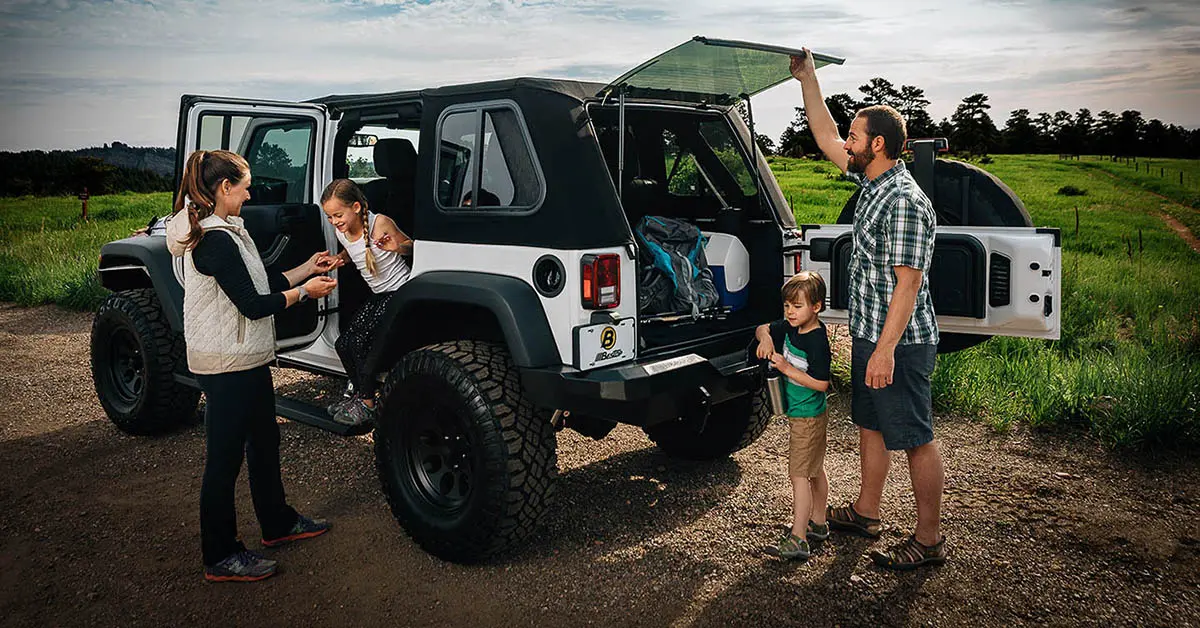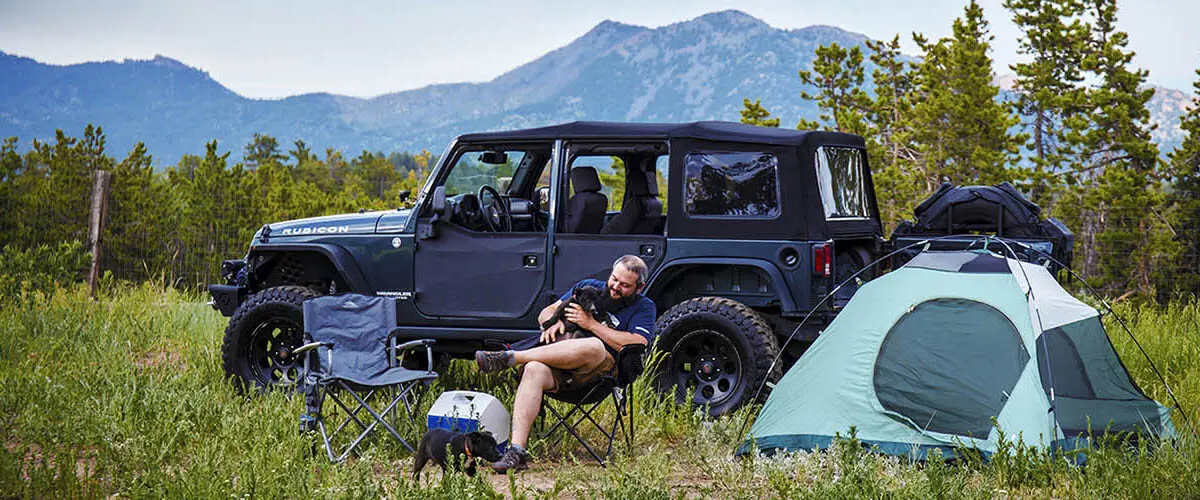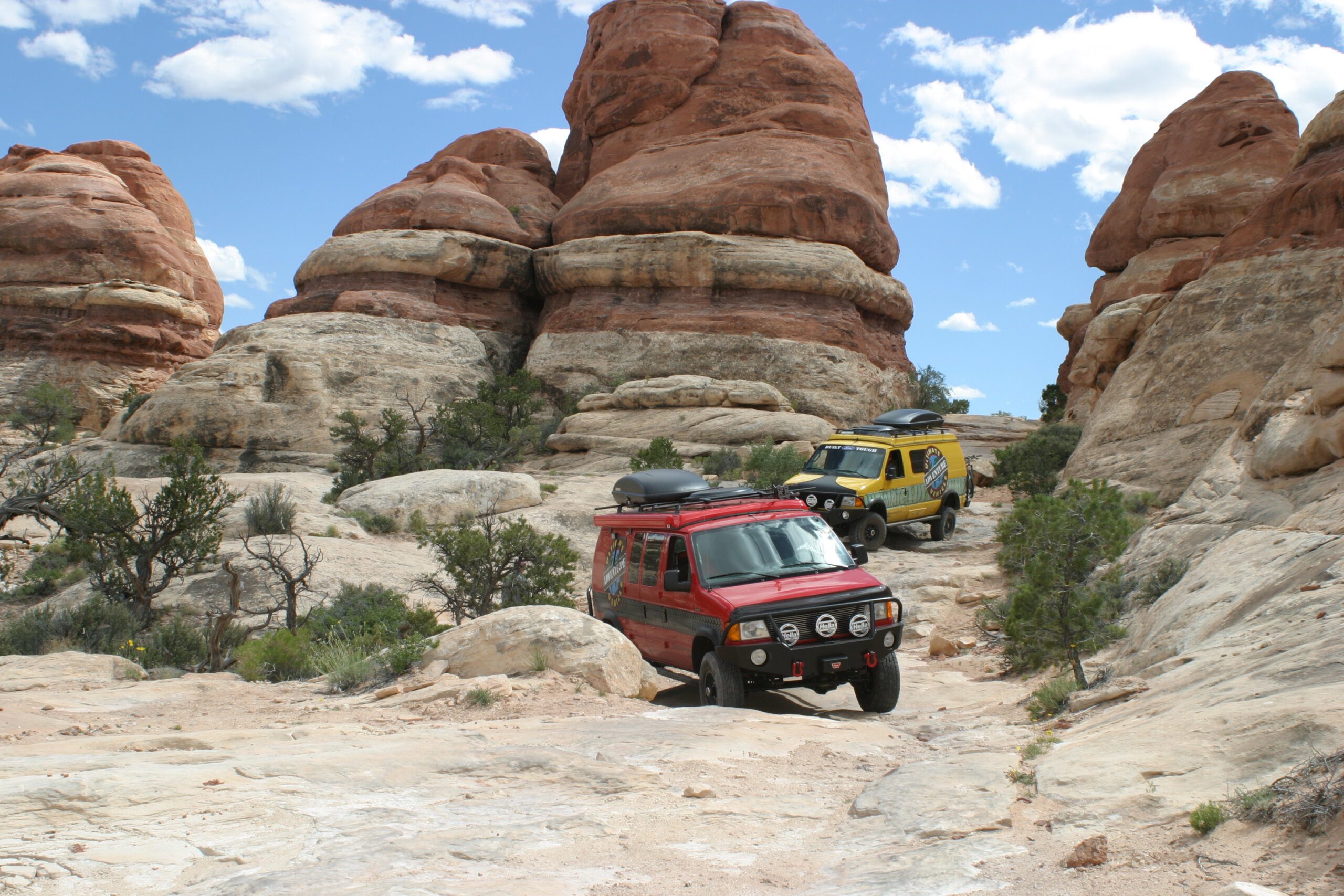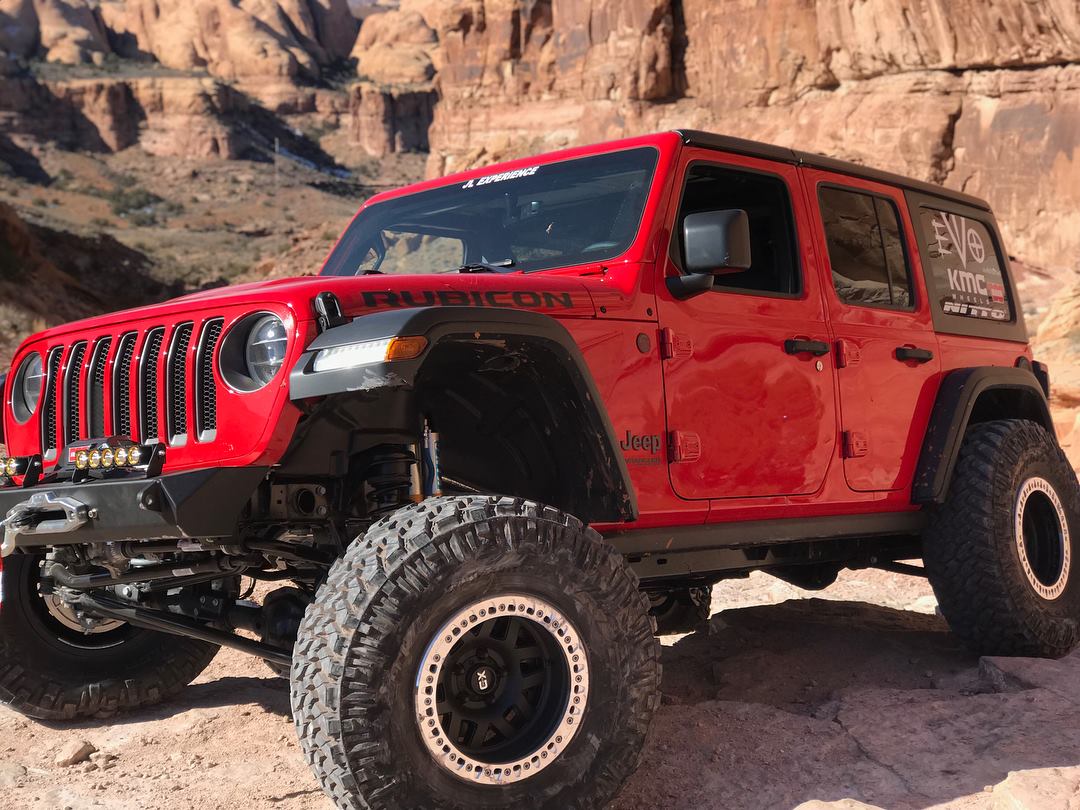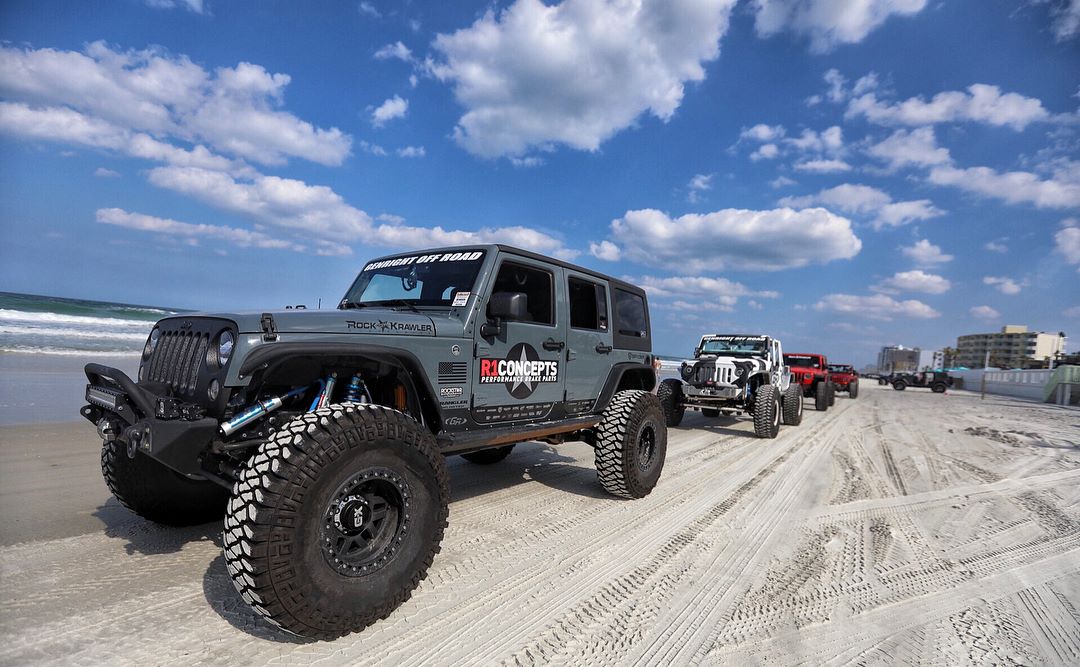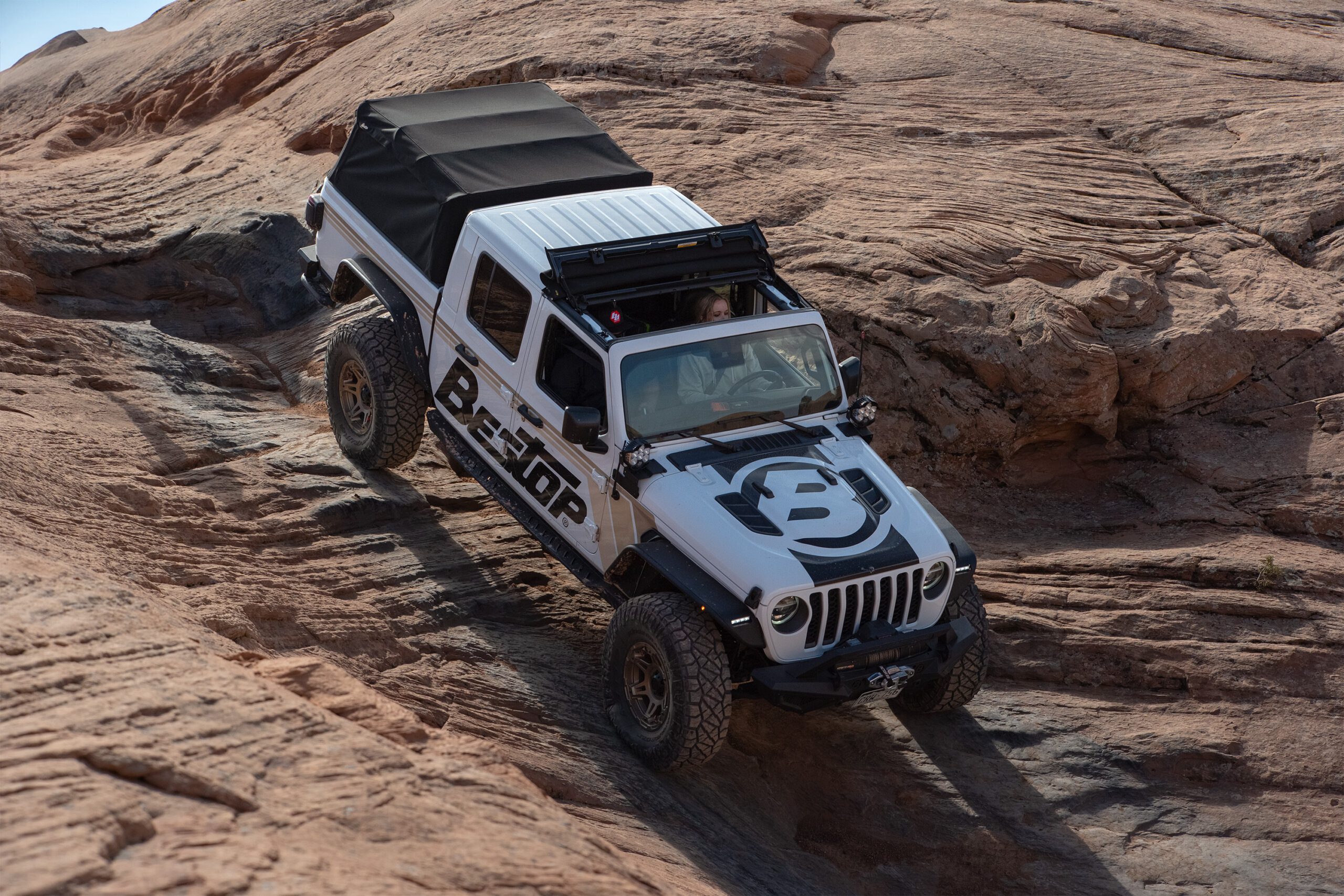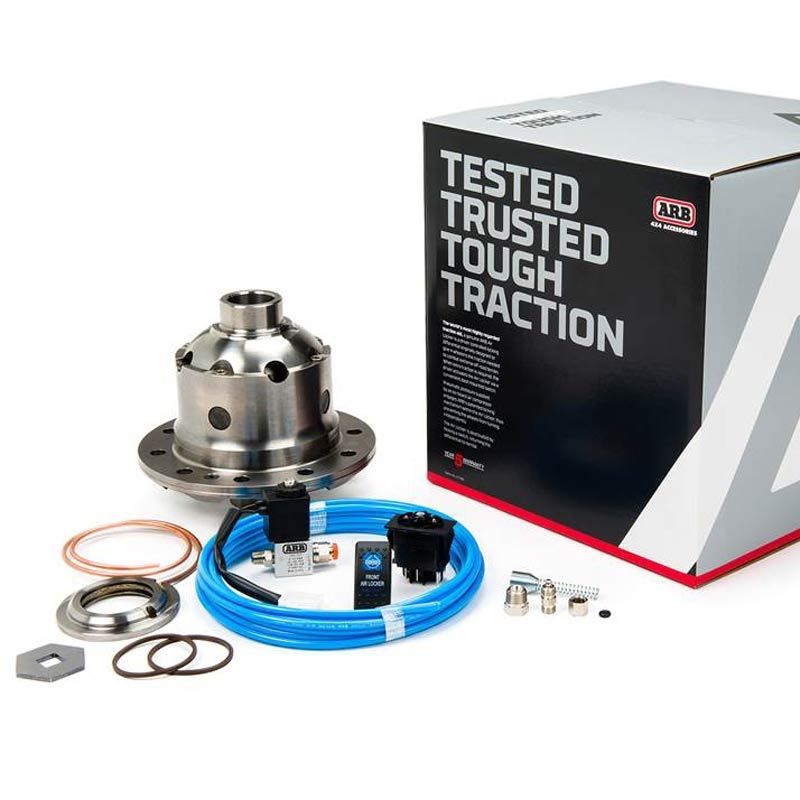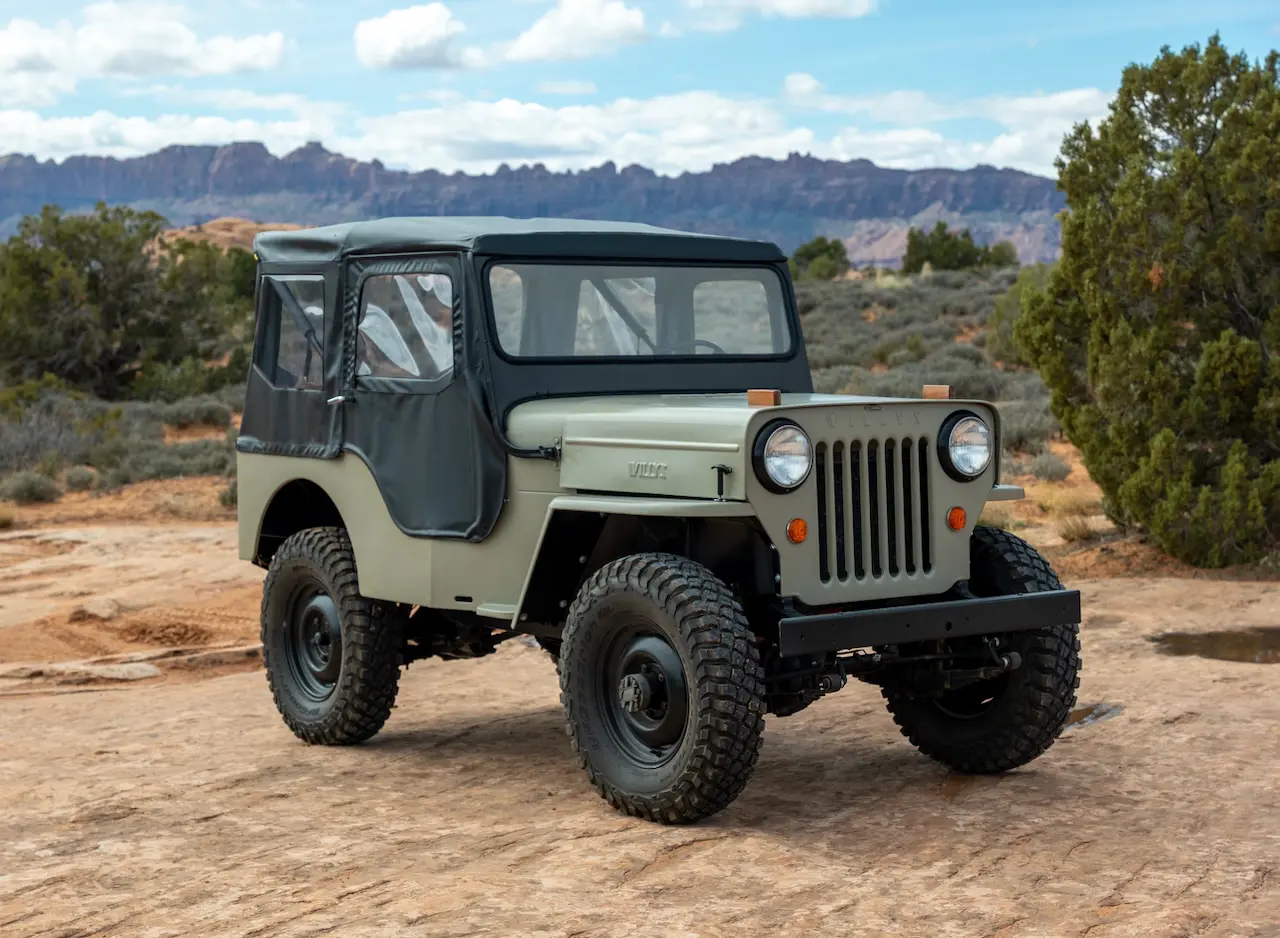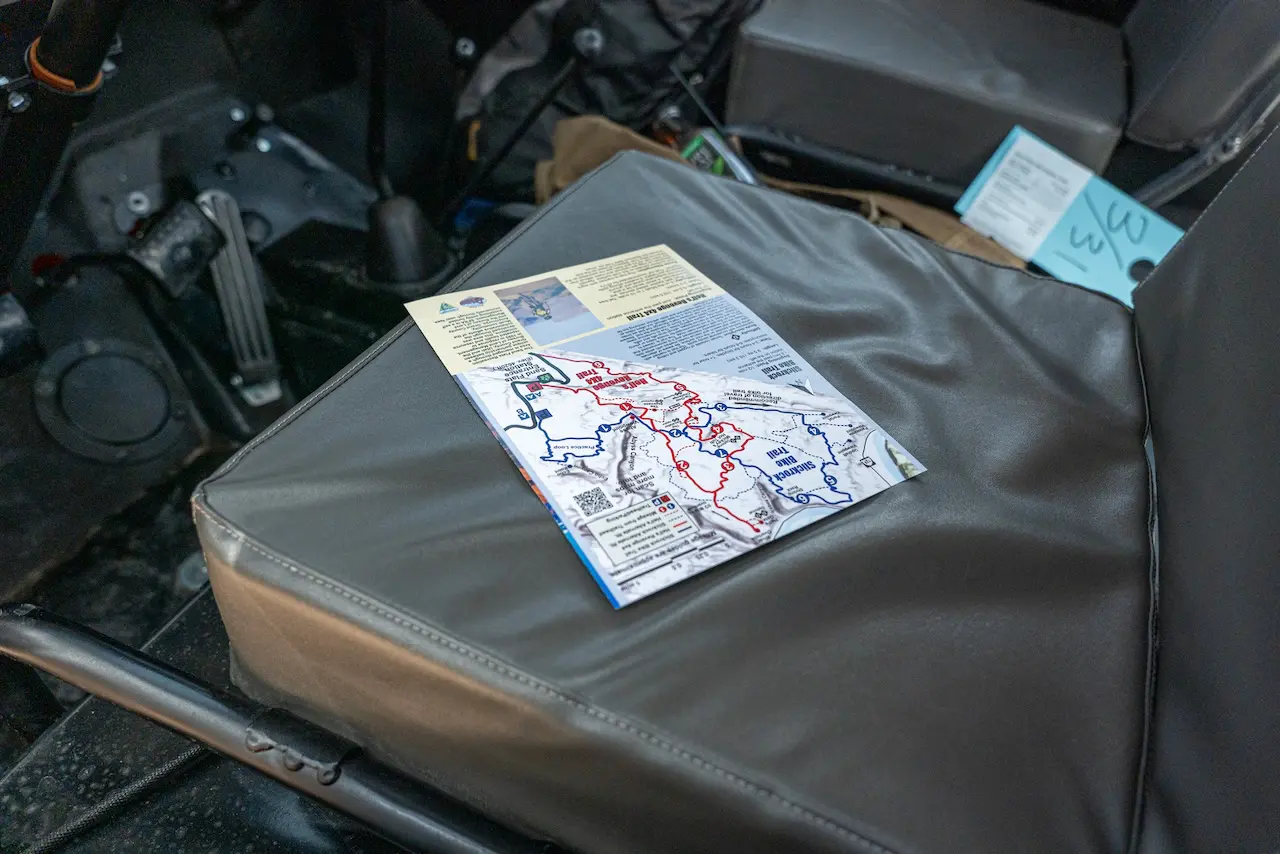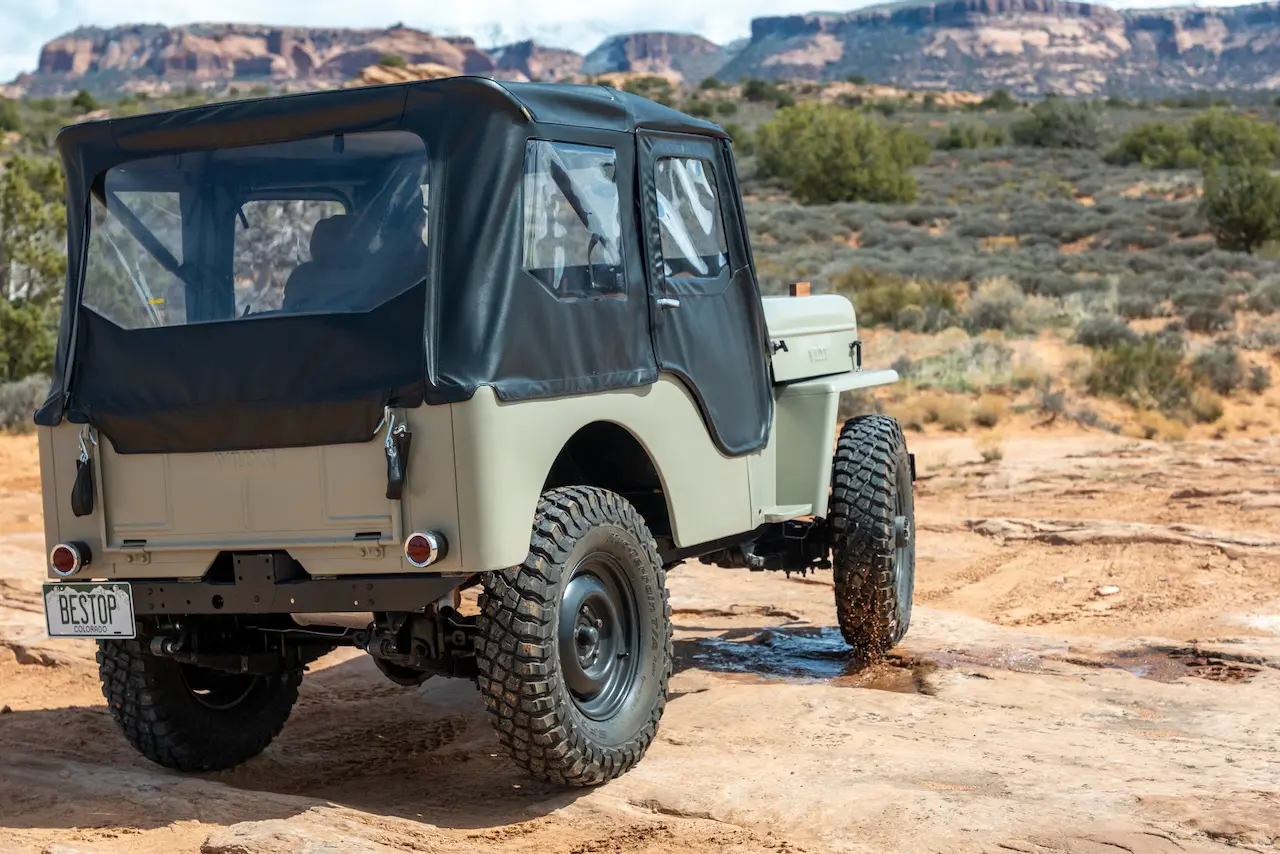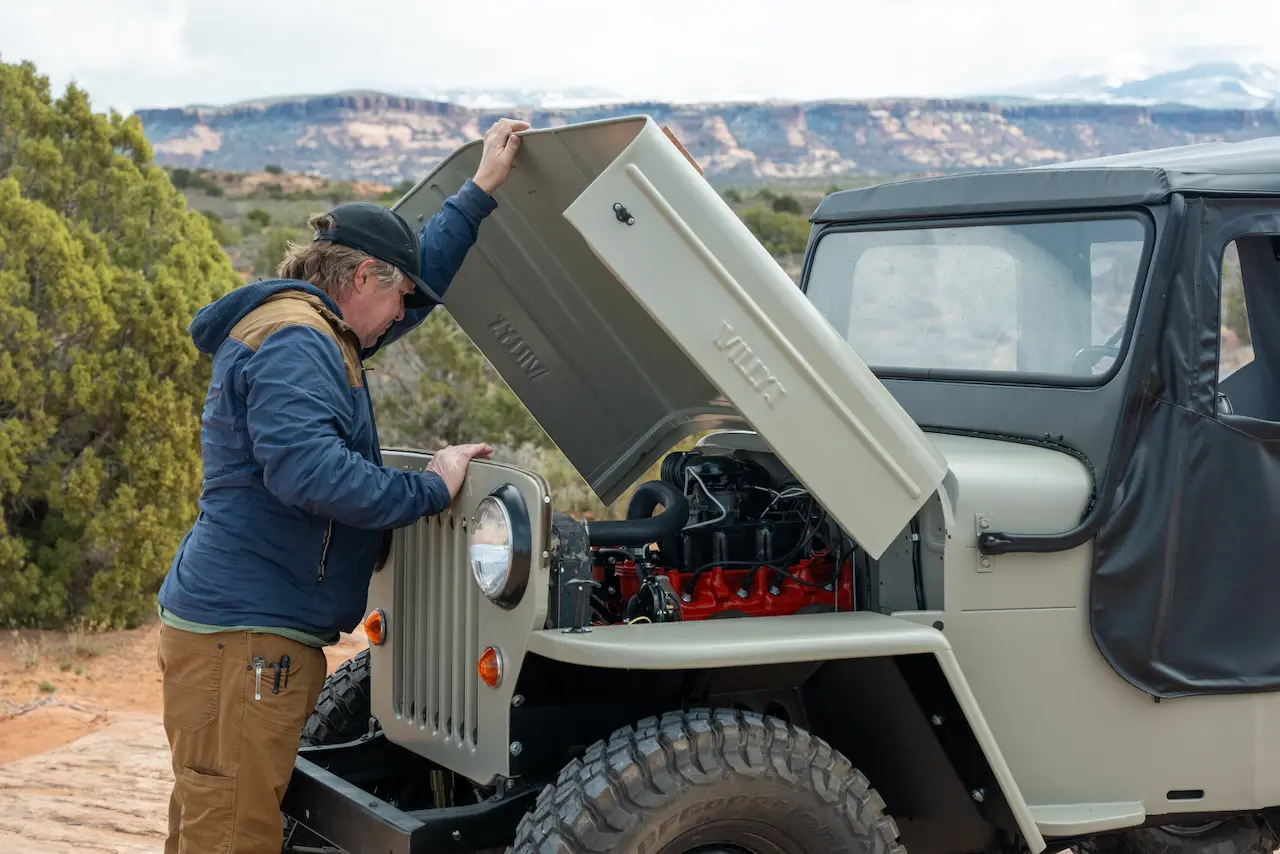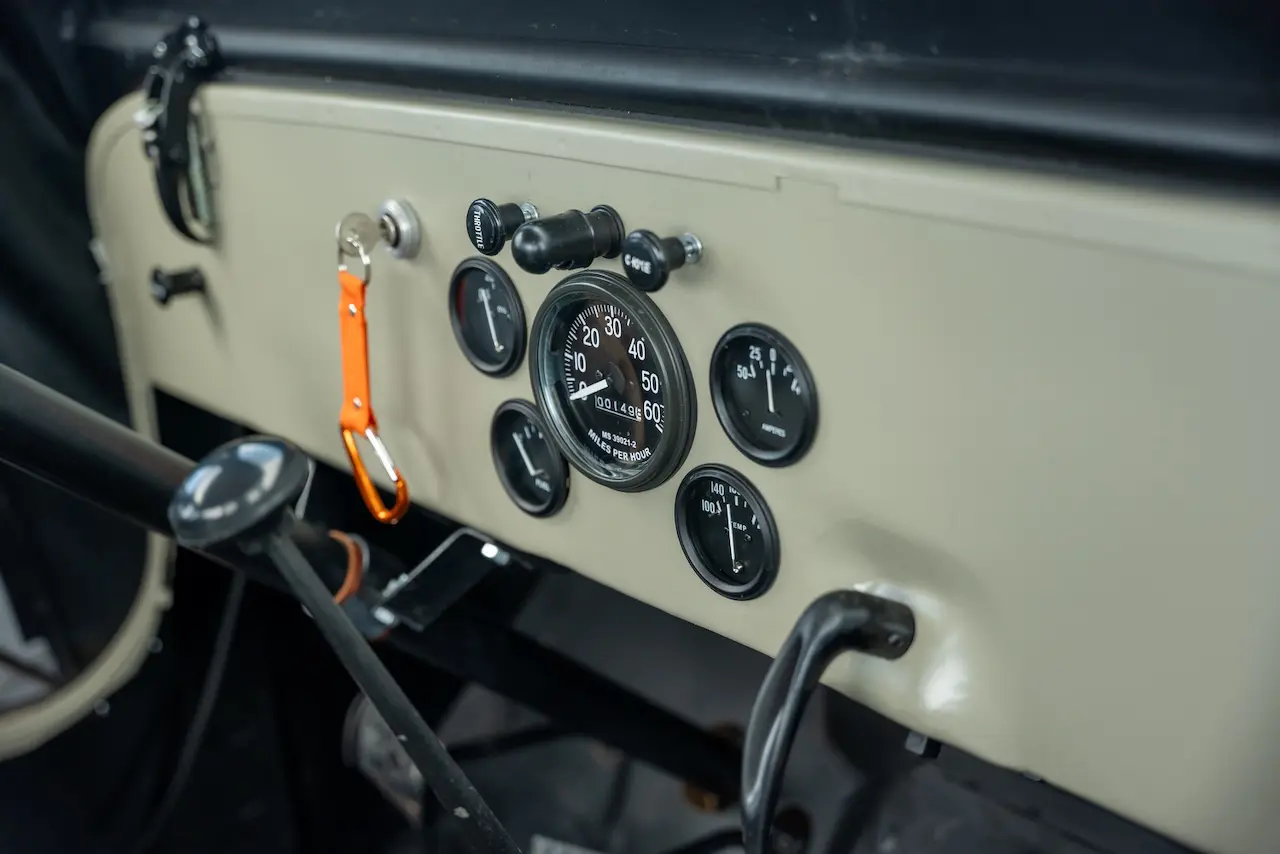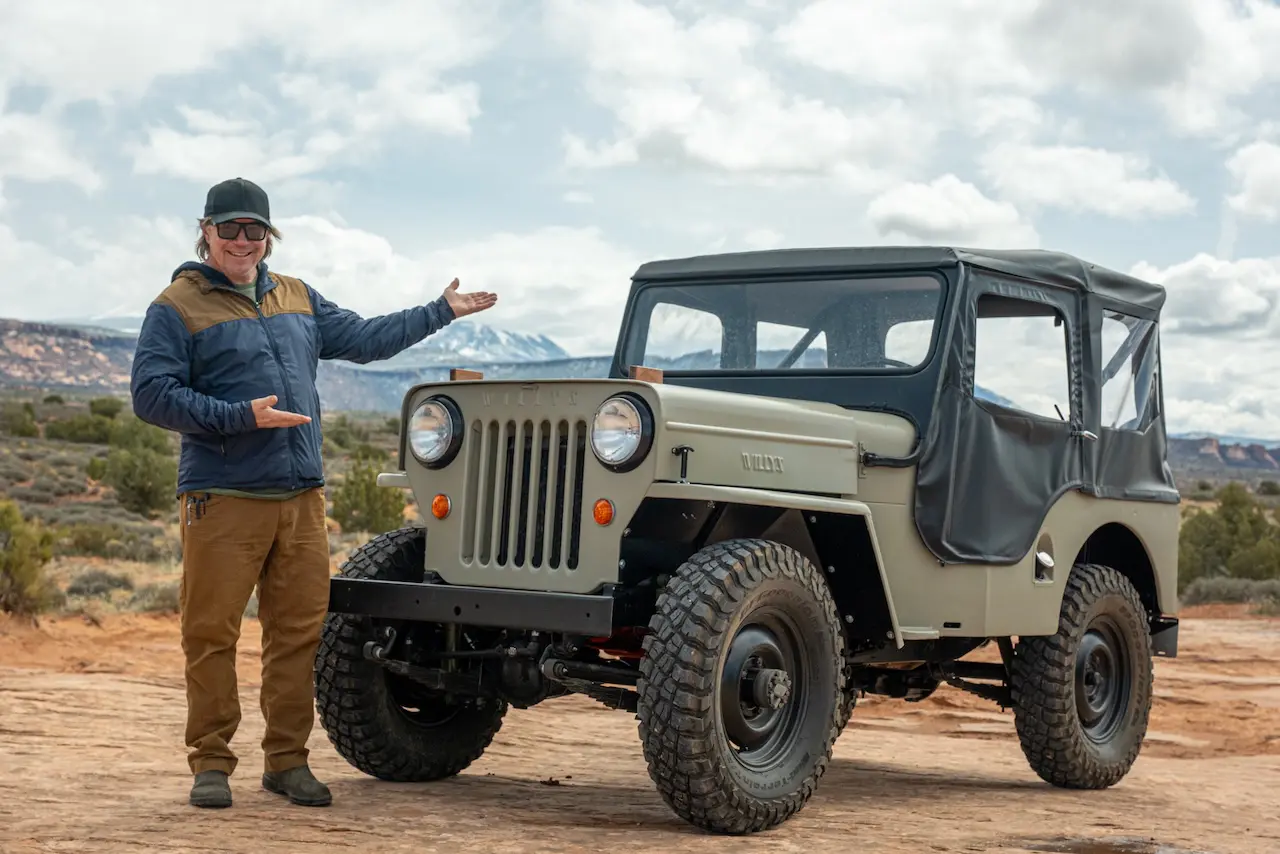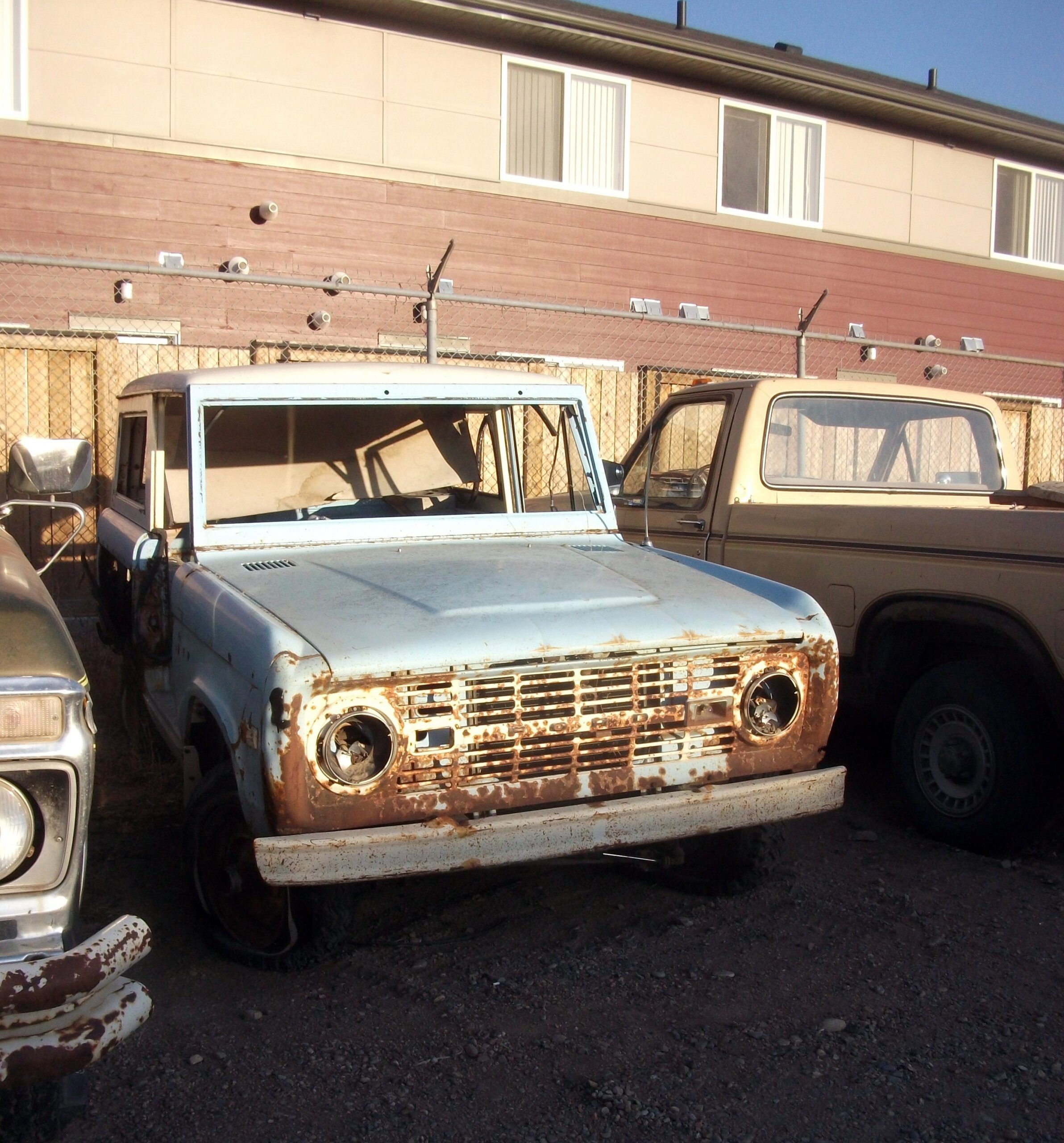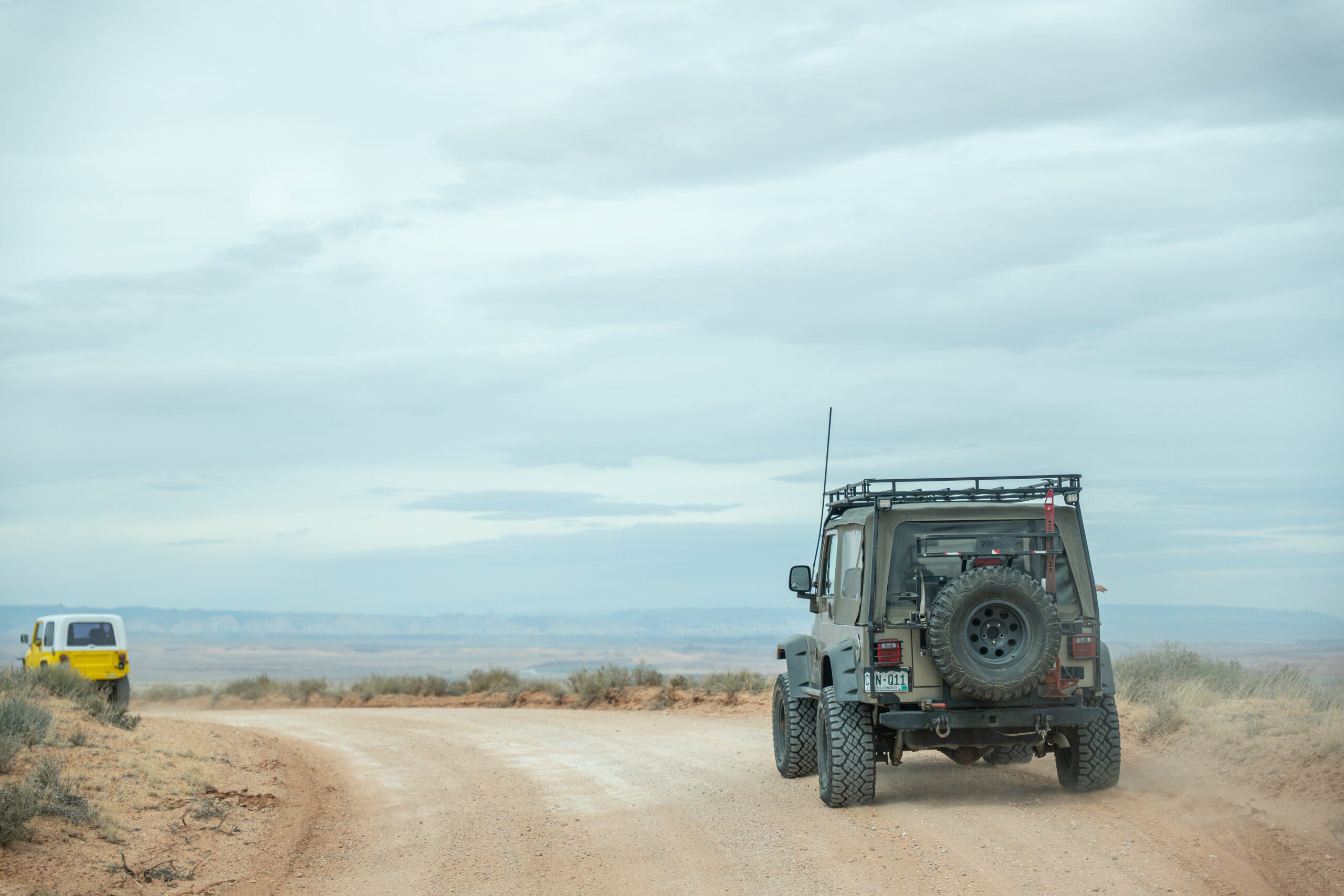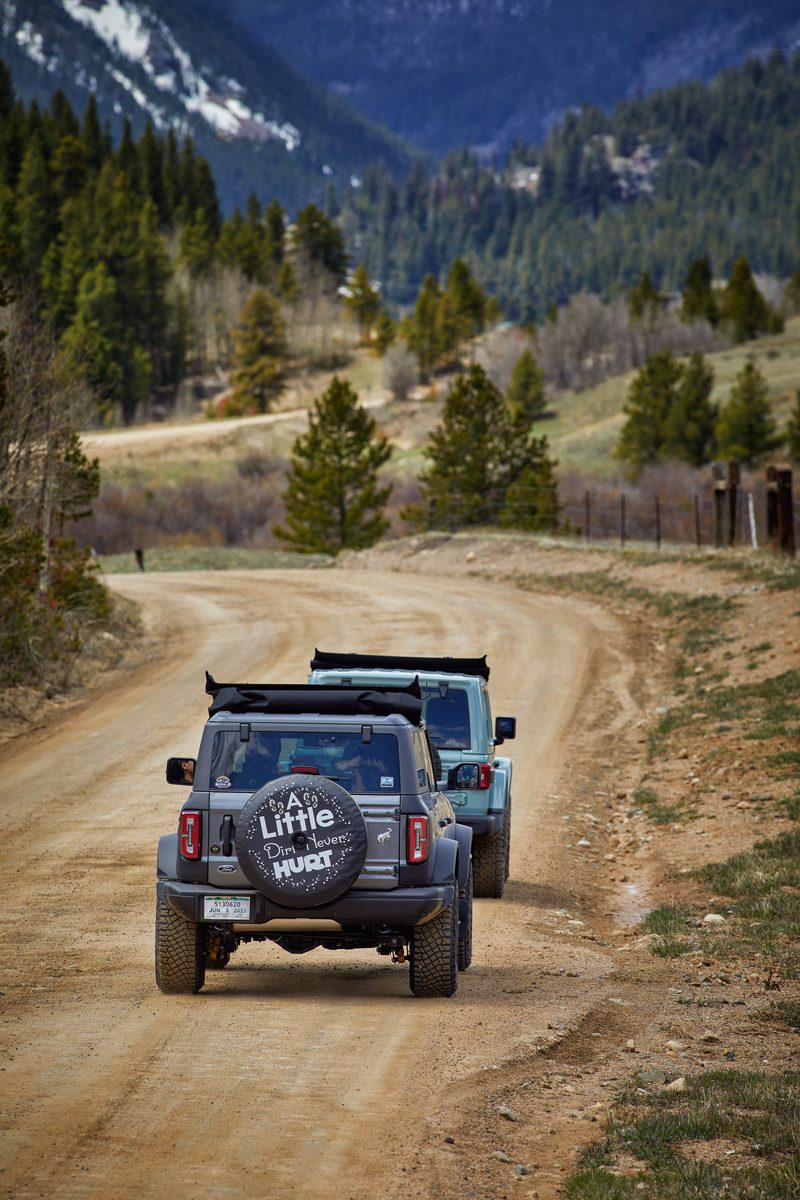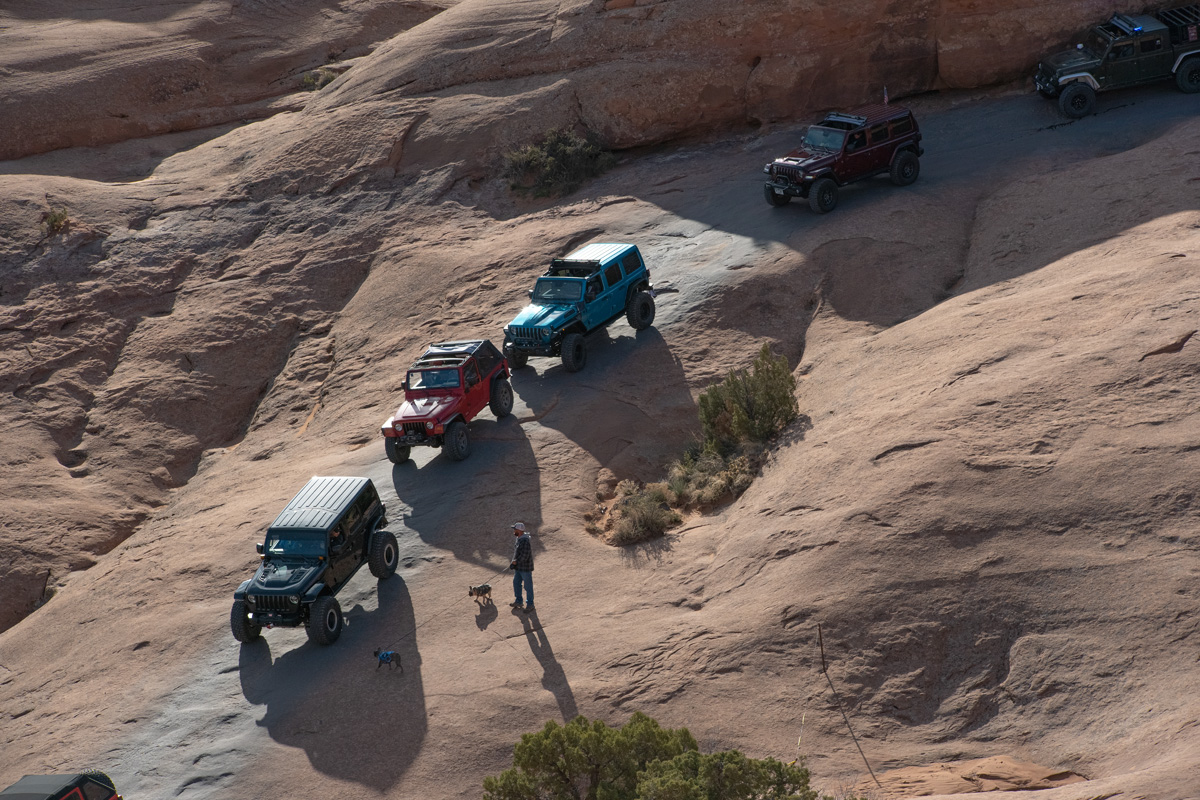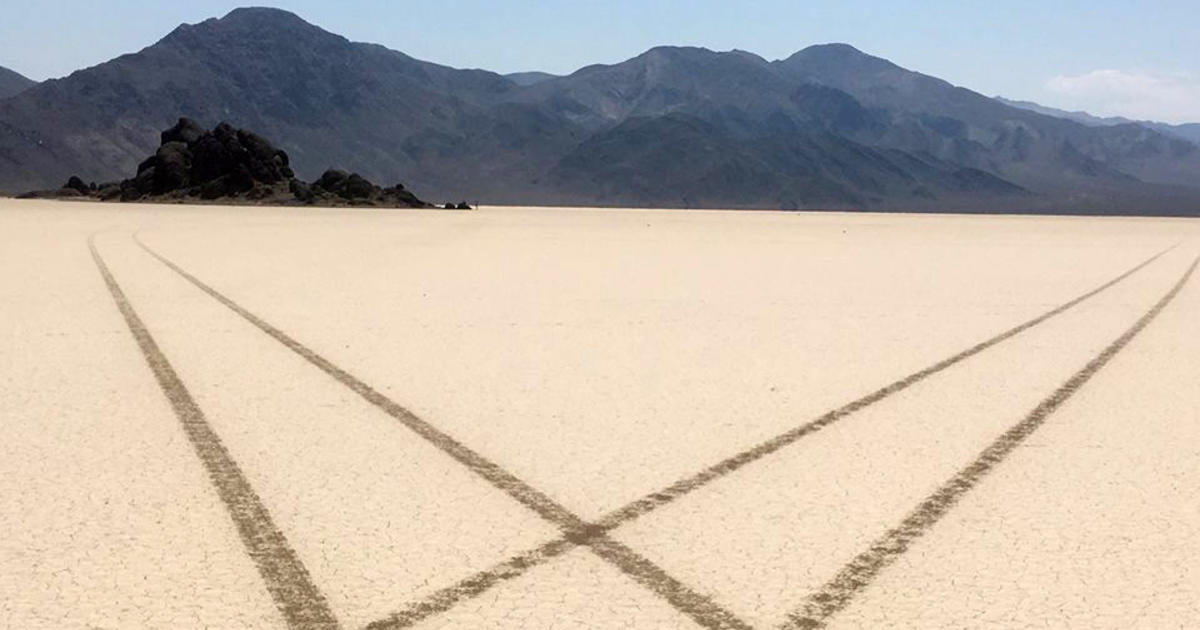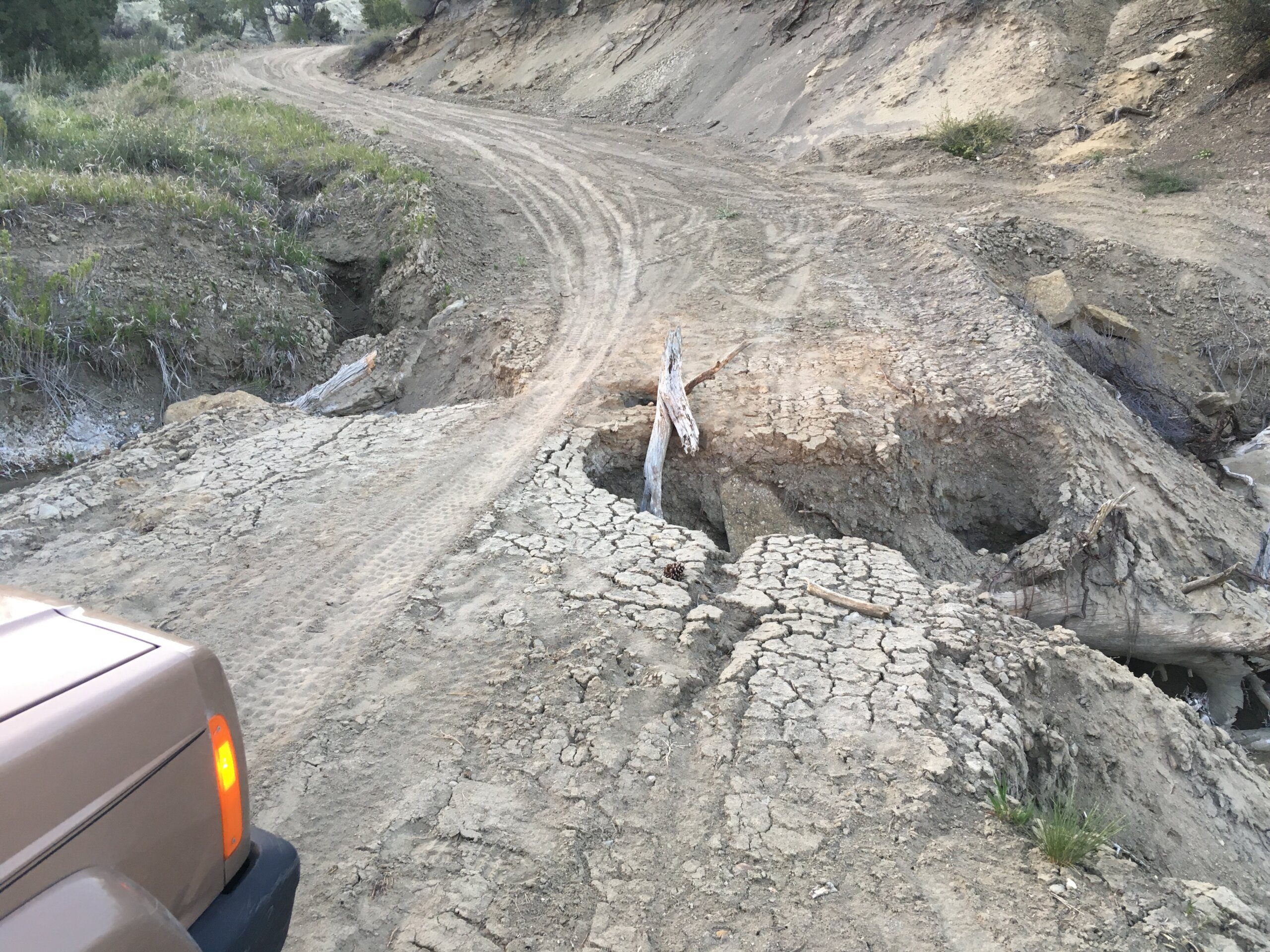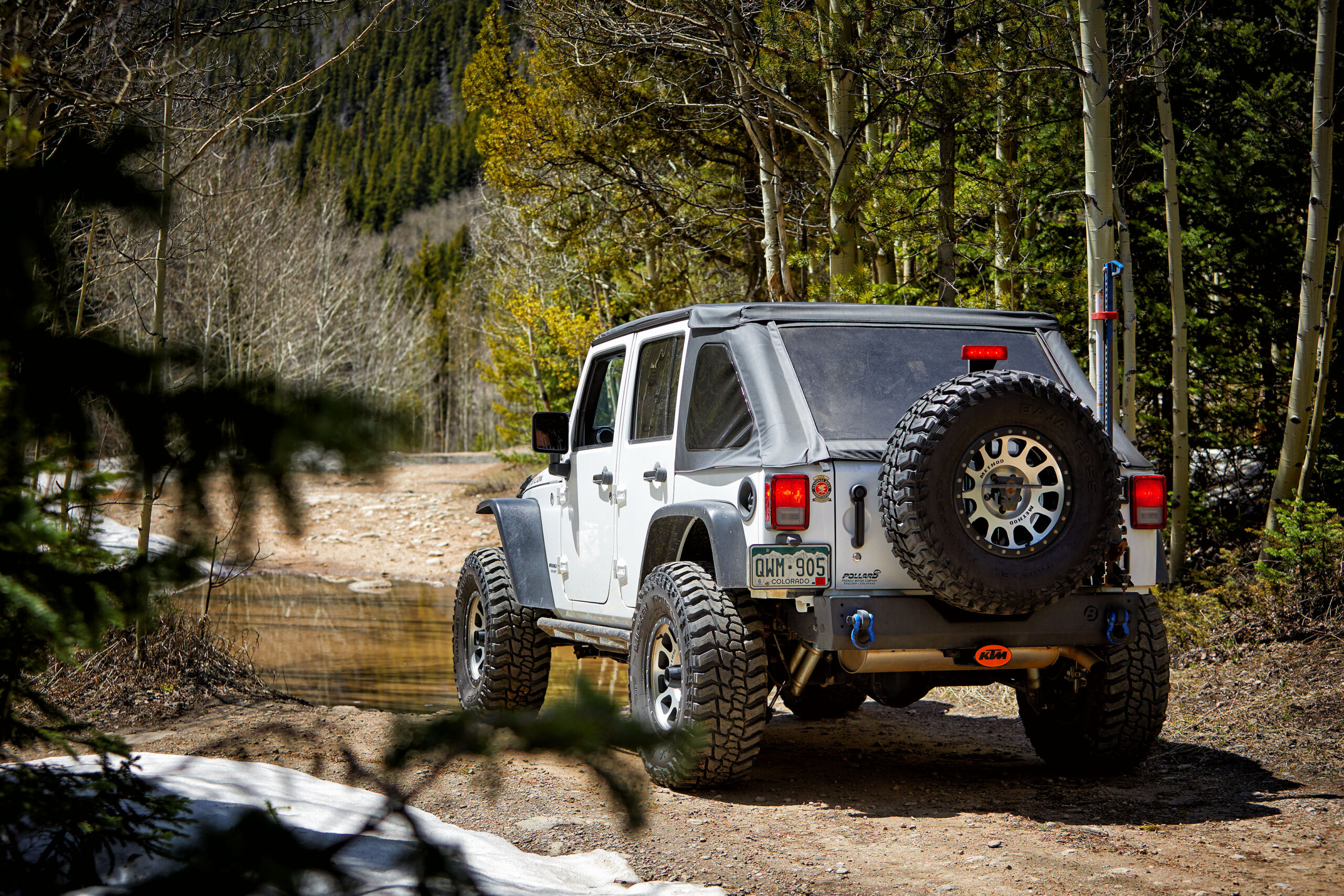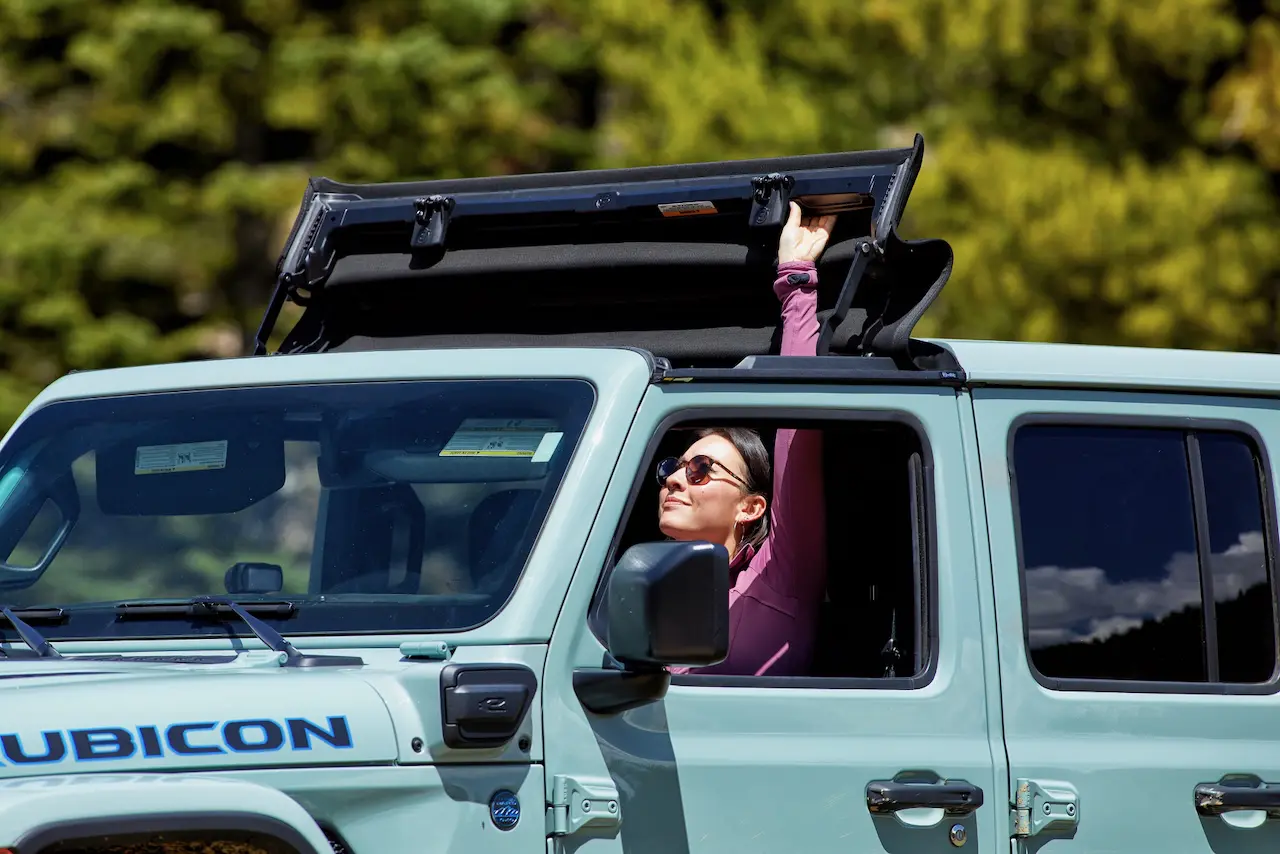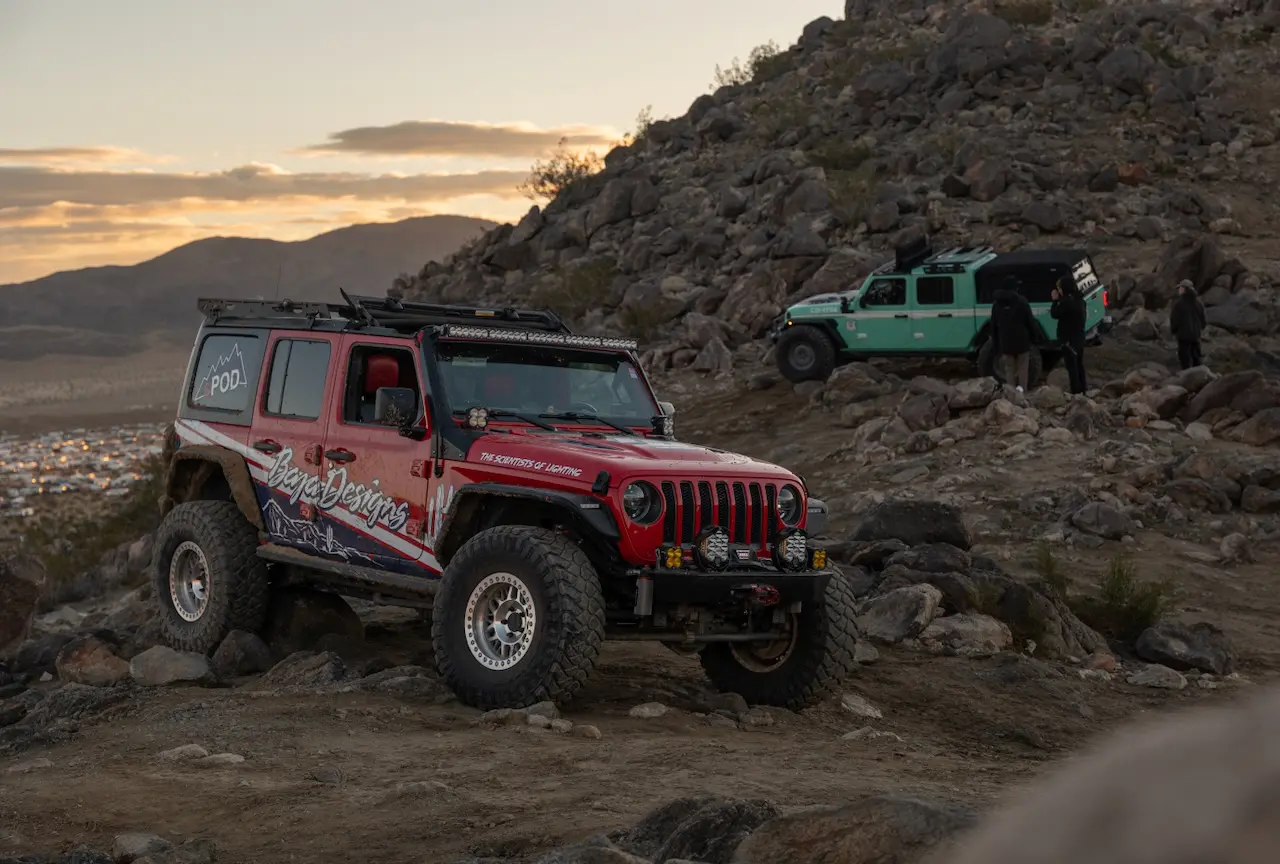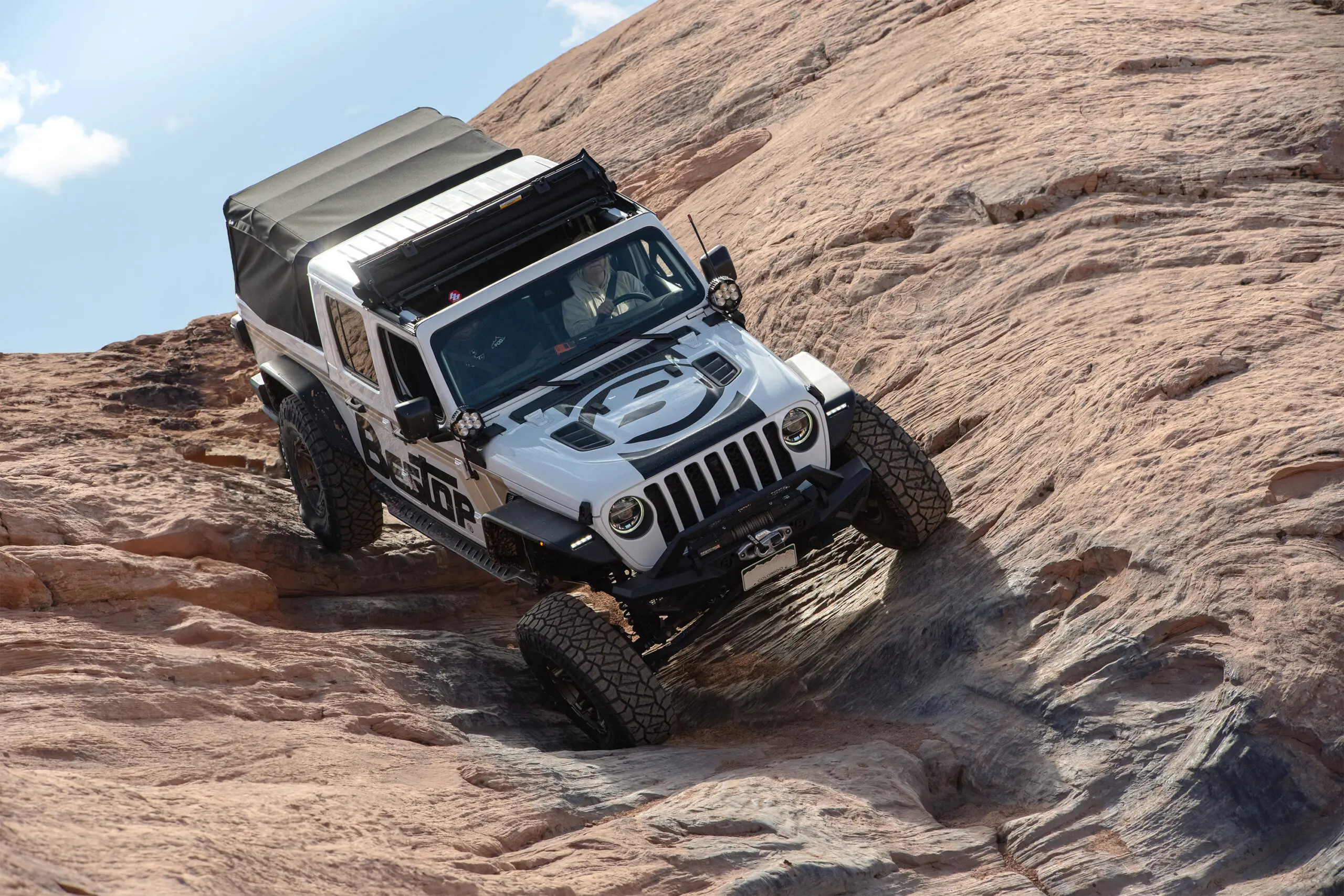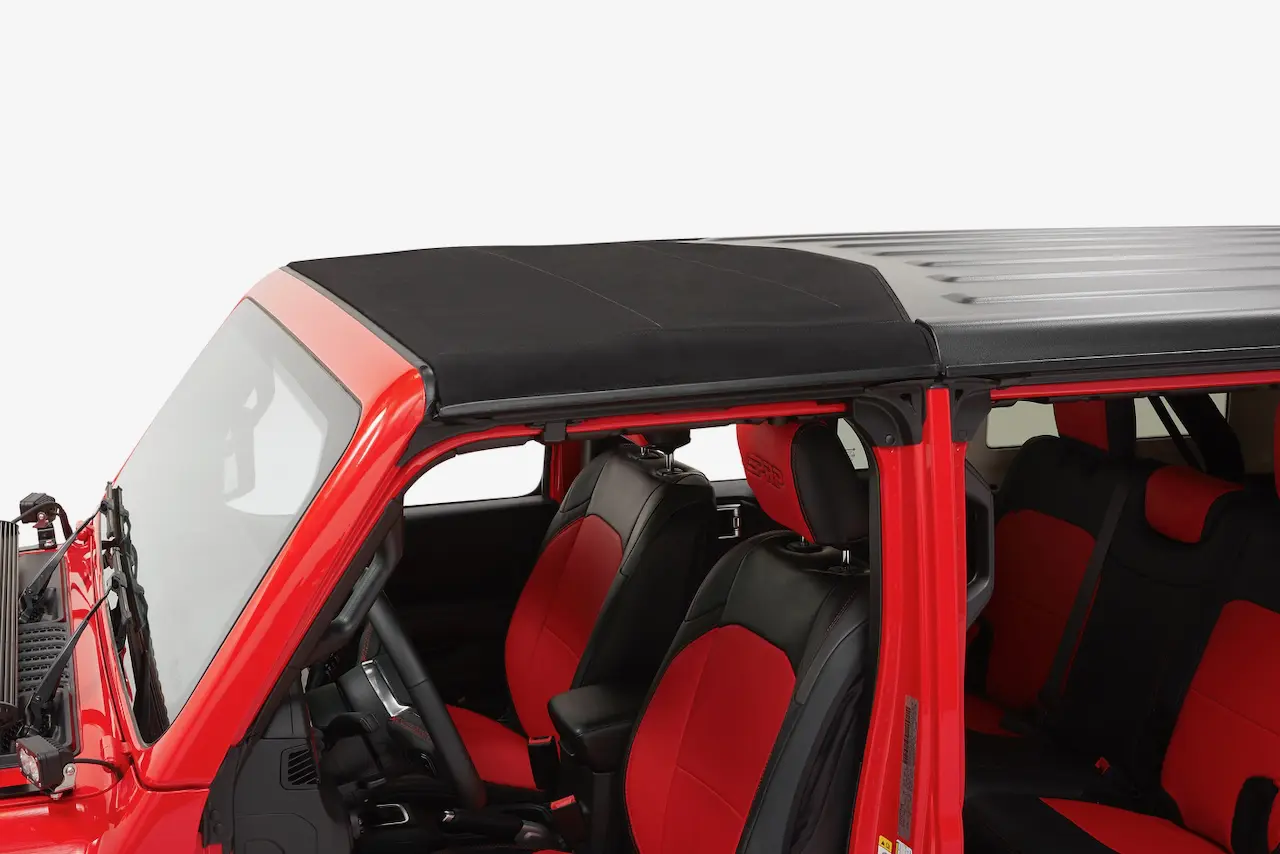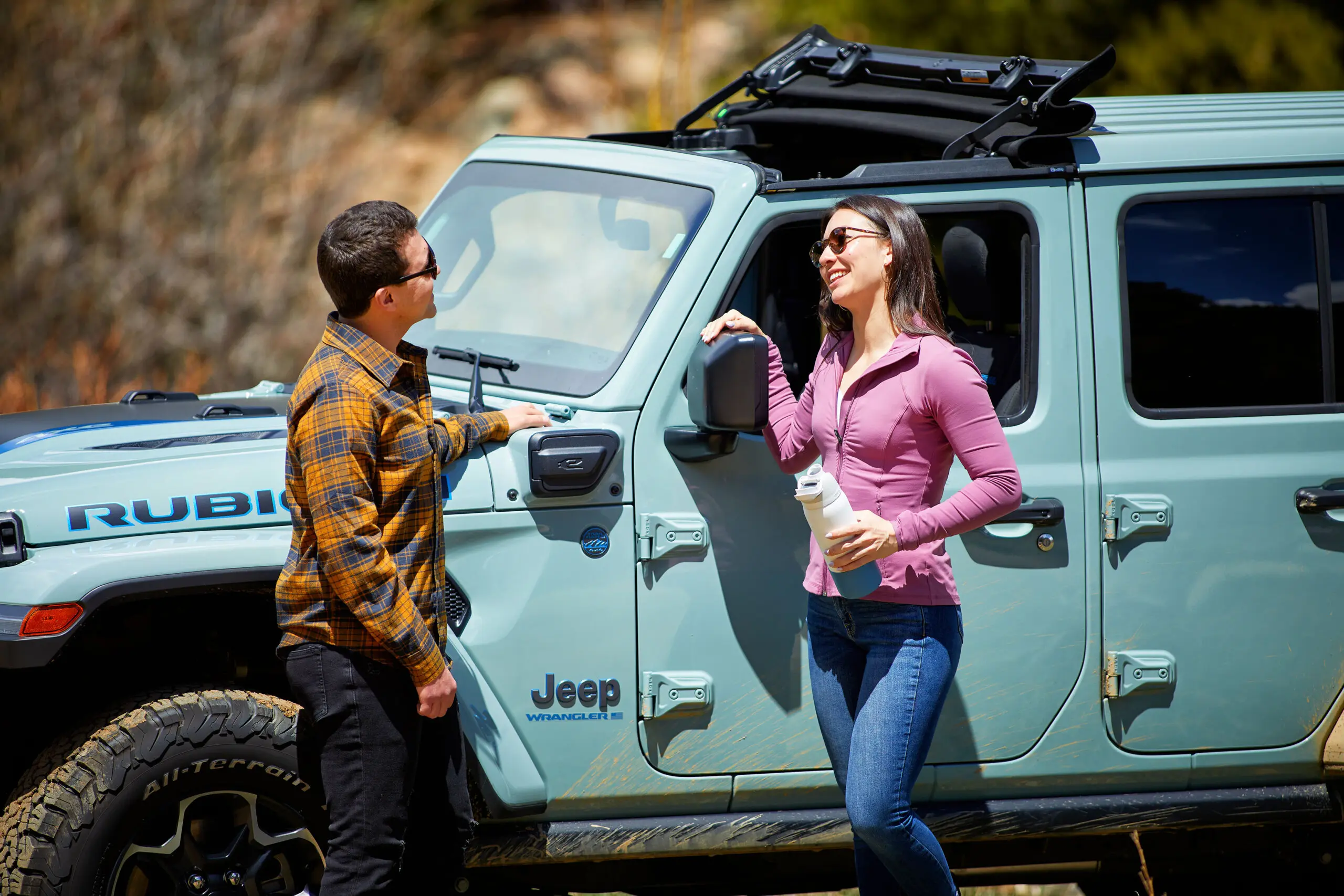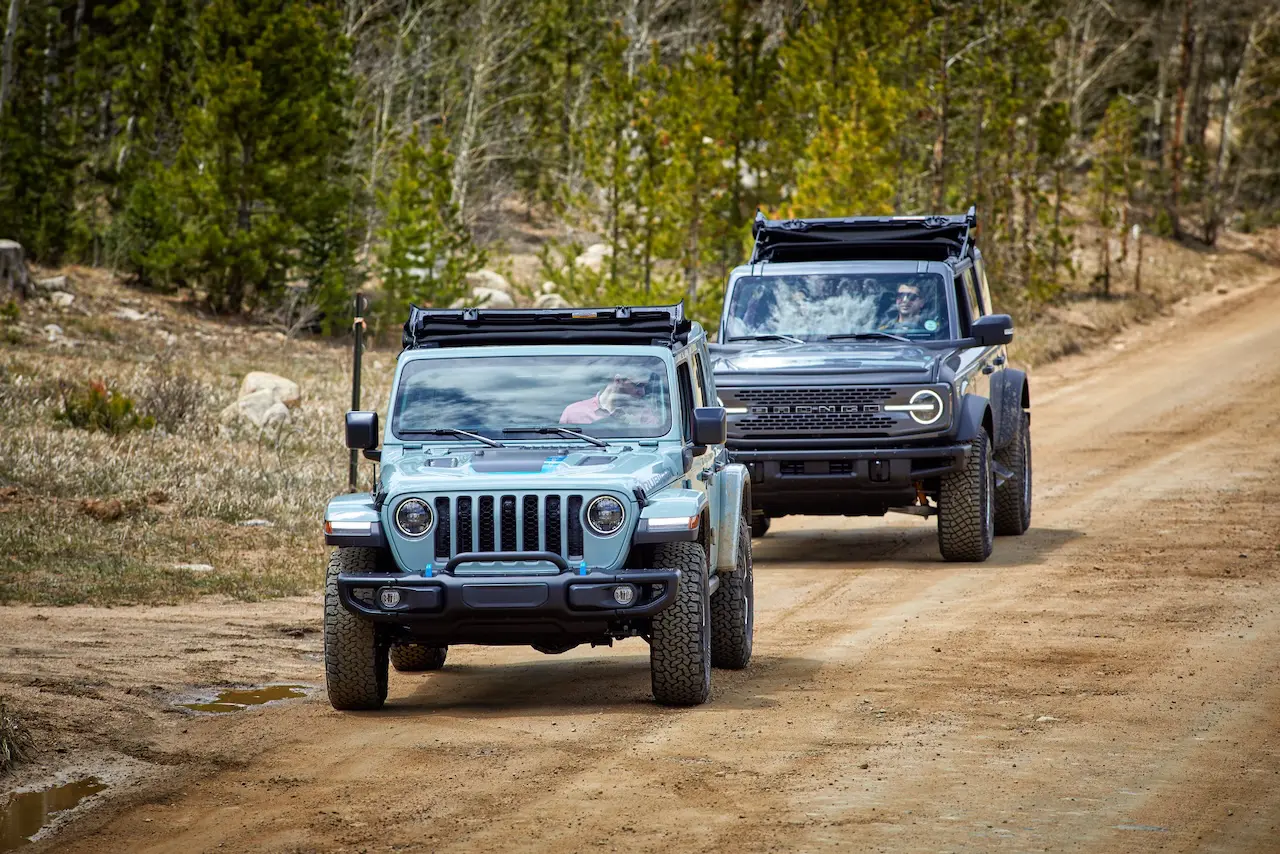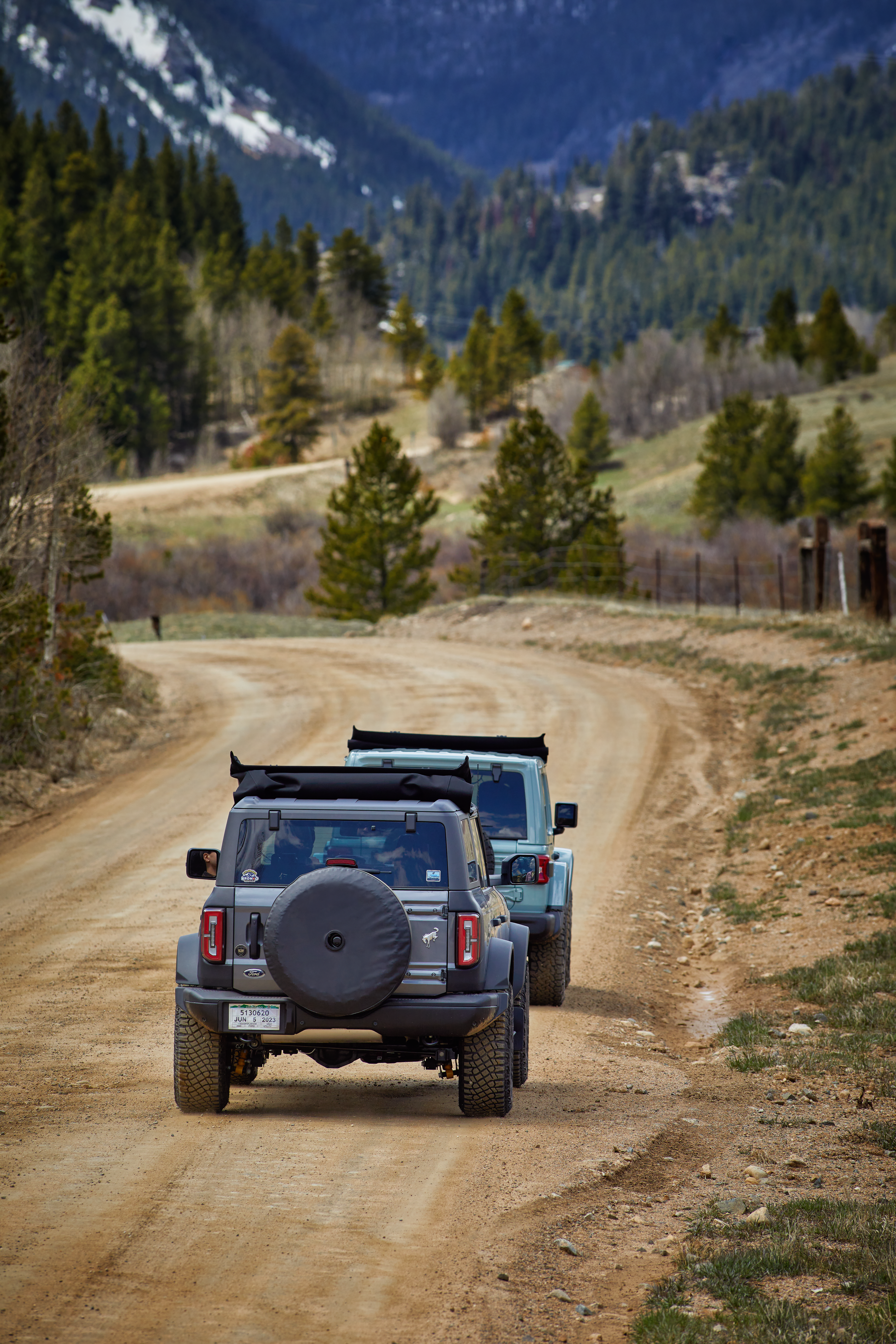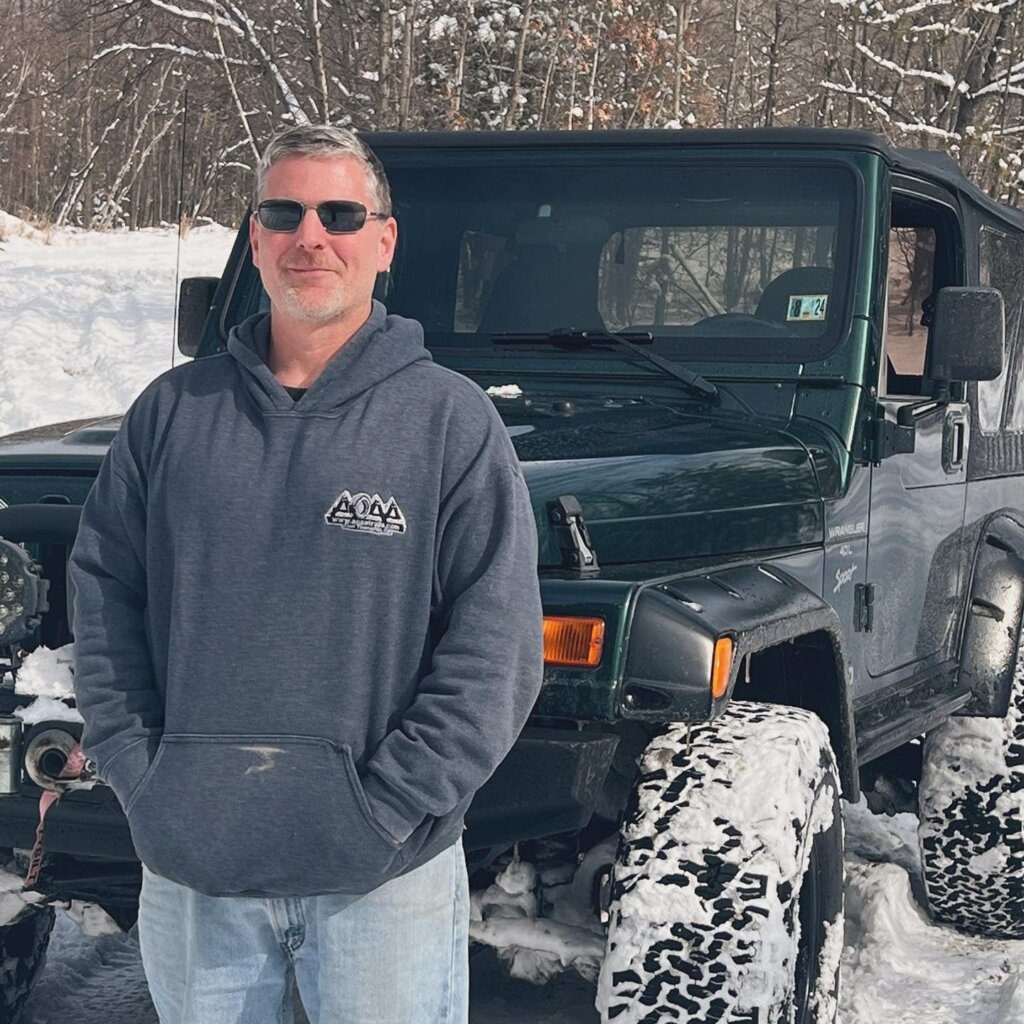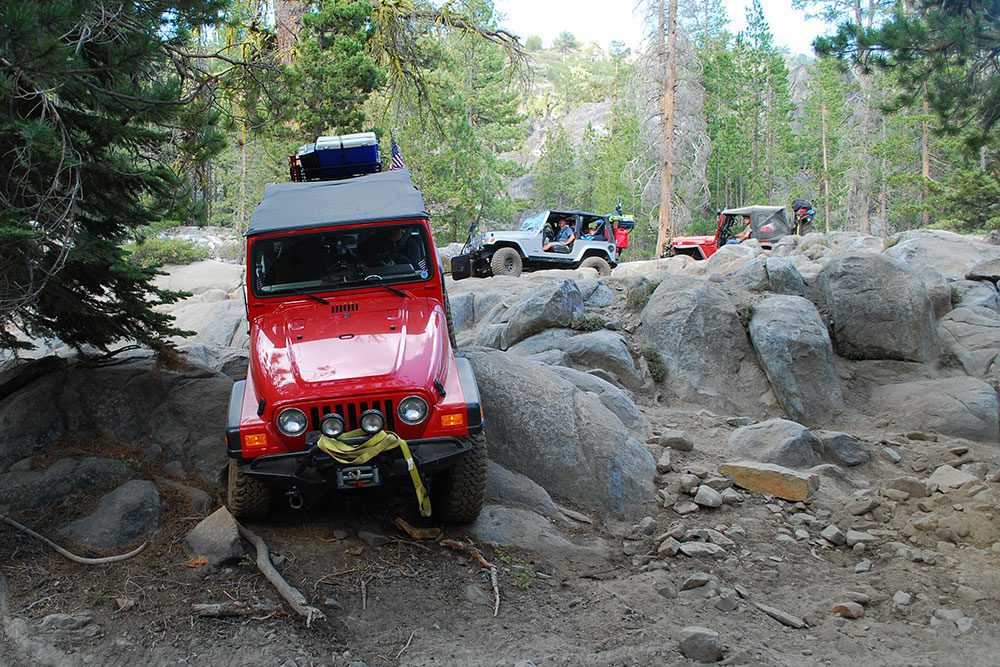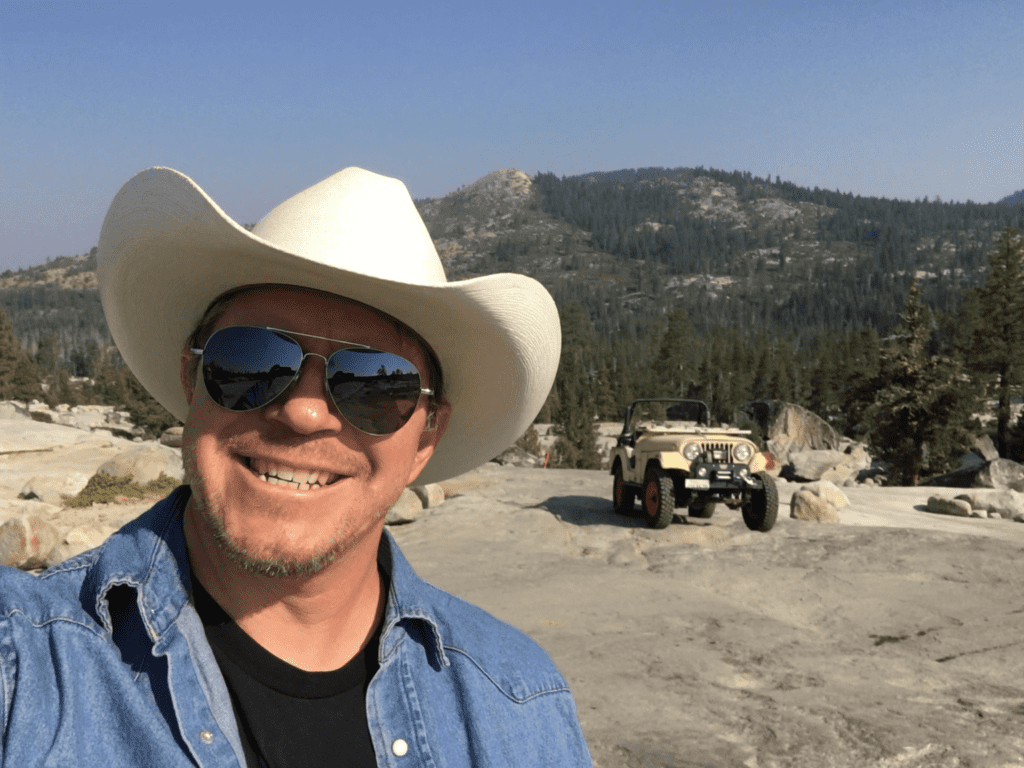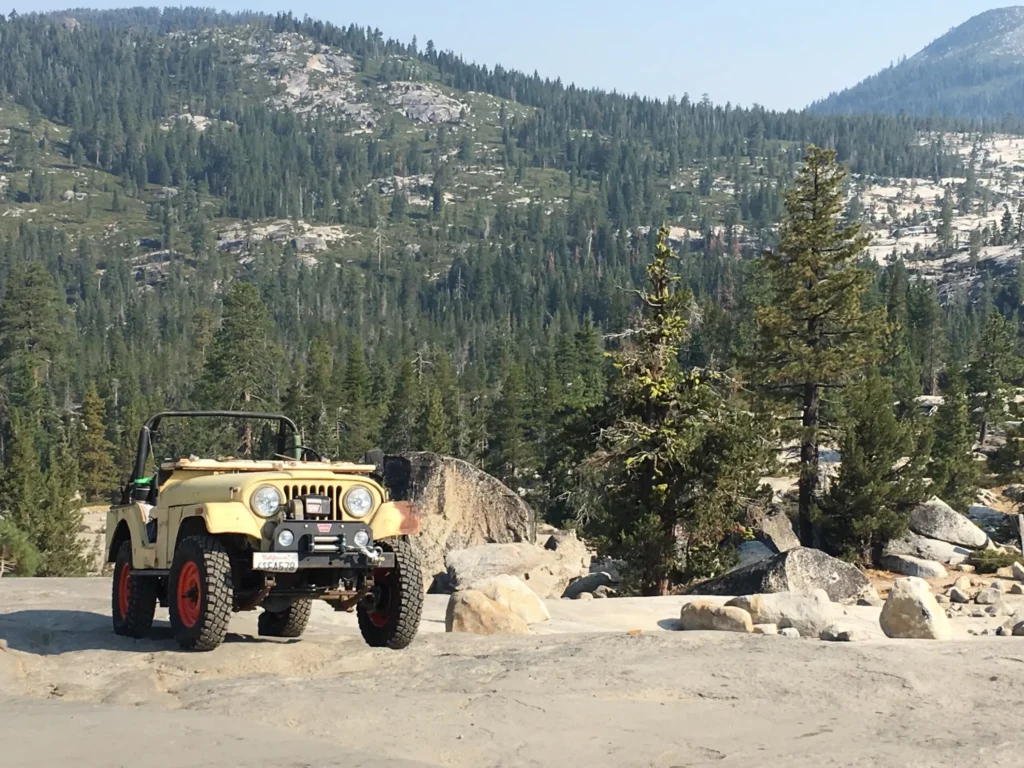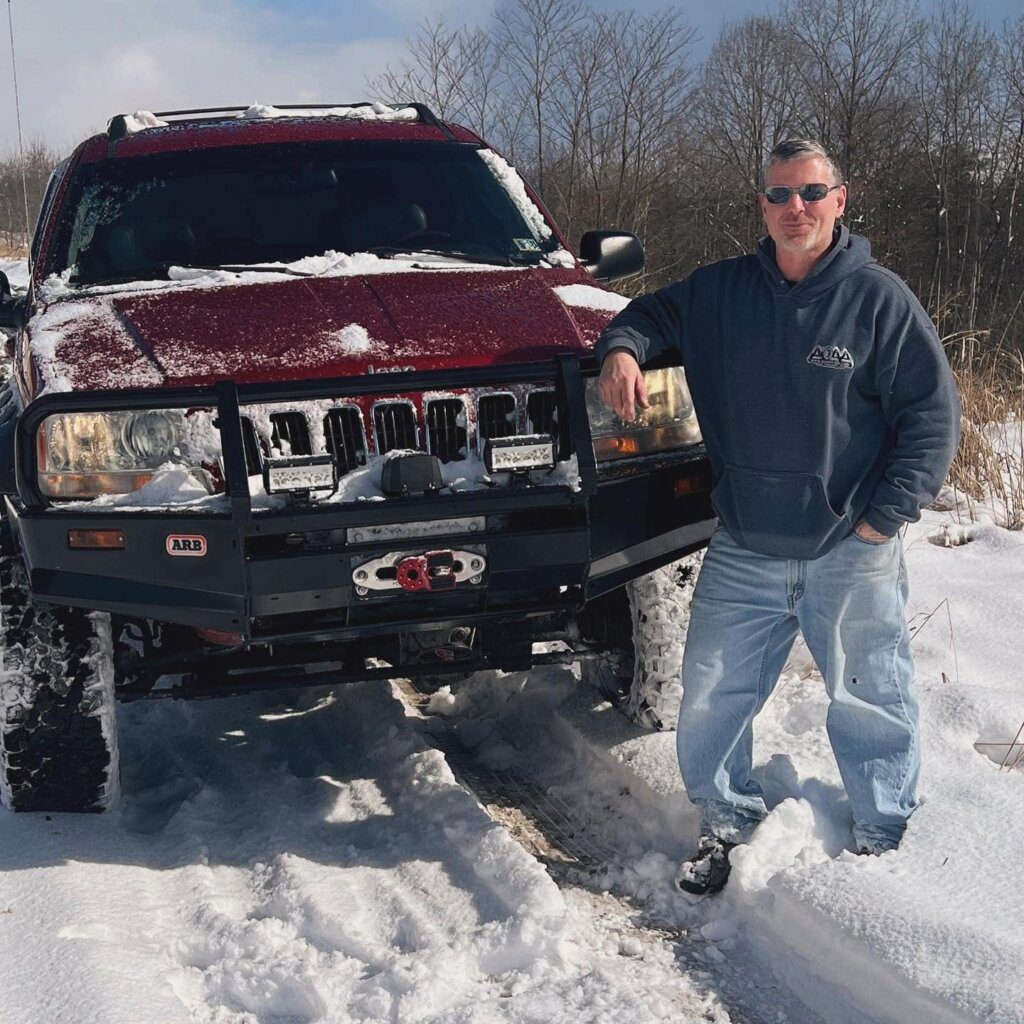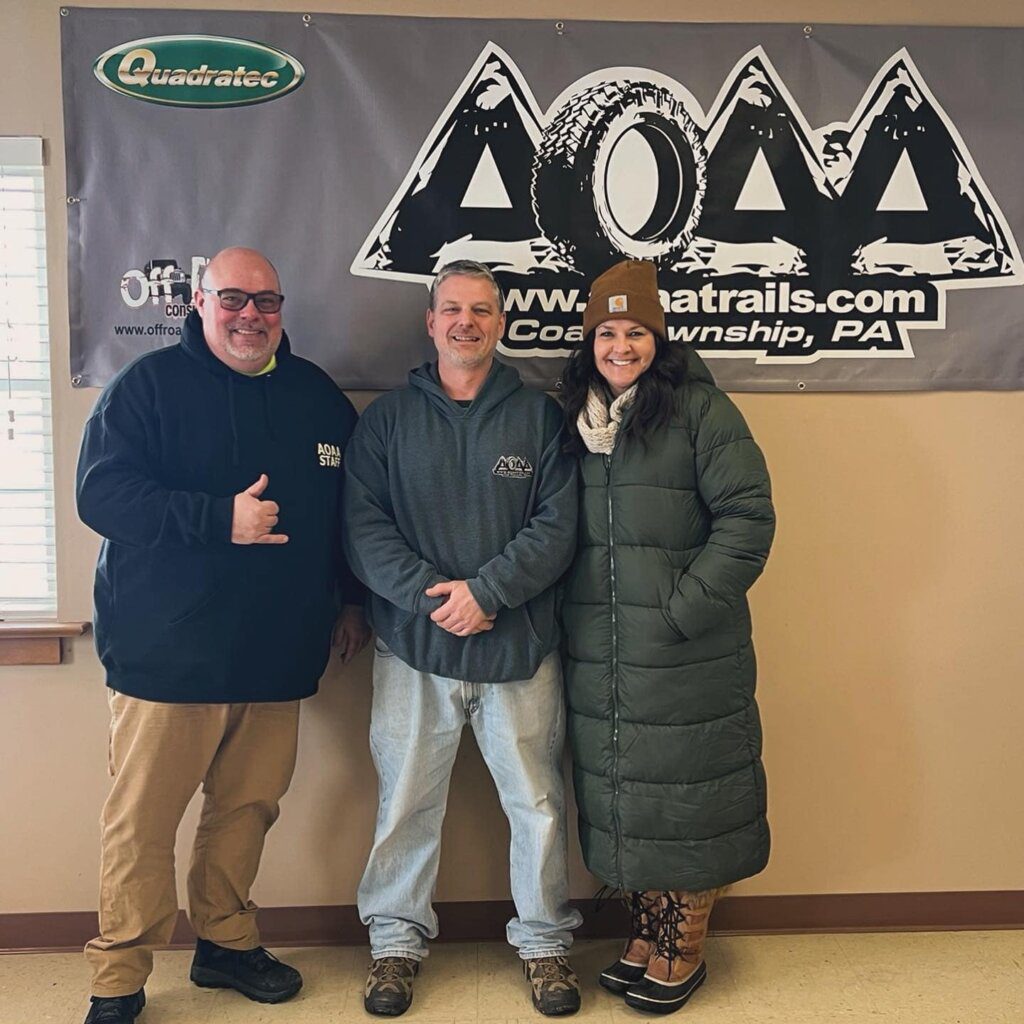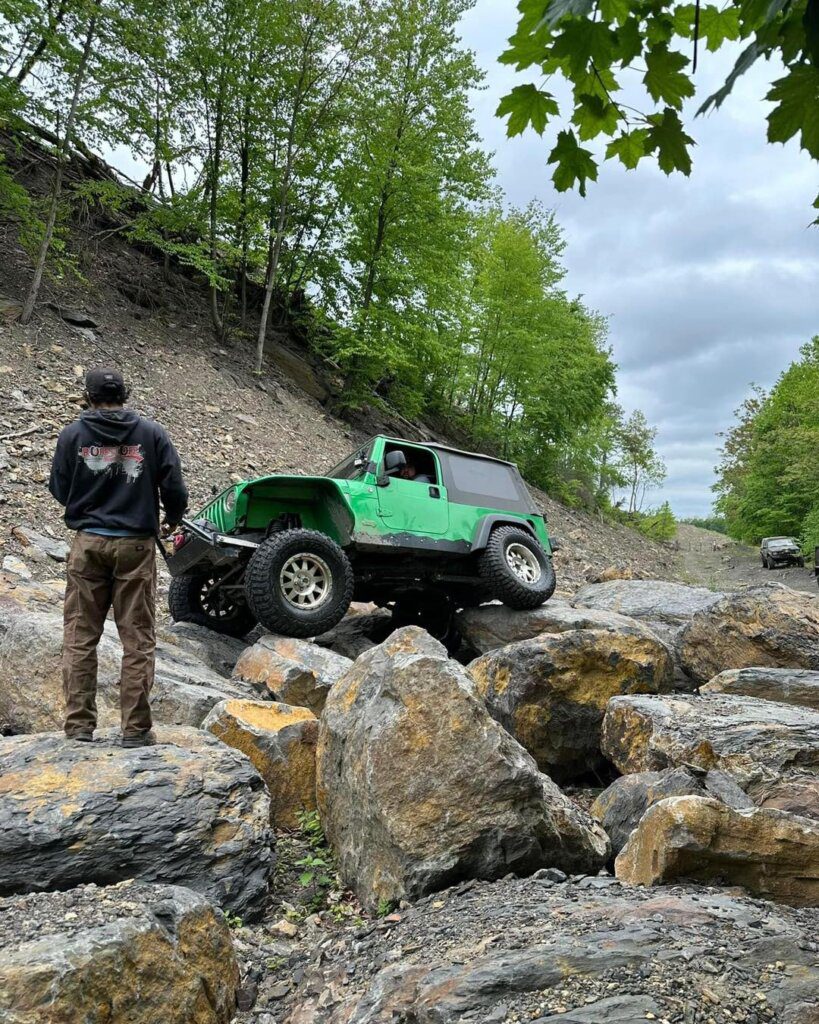Venturing into high altitude environments and wilderness areas by 4×4 is a thrilling experience that offers unparalleled access to remote and stunning landscapes. However, with this privilege comes the responsibility to minimize our impact on these fragile ecosystems and ensure the safety of both ourselves and the environment. In this blog post, we will explore how to travel responsibly in high altitude wilderness areas, focusing on principles of Leave No Trace, vehicle maintenance and preparedness, safety considerations, respecting local communities and regulations, and offer a few suggestions about where to explore in the beautiful state of Colorado.
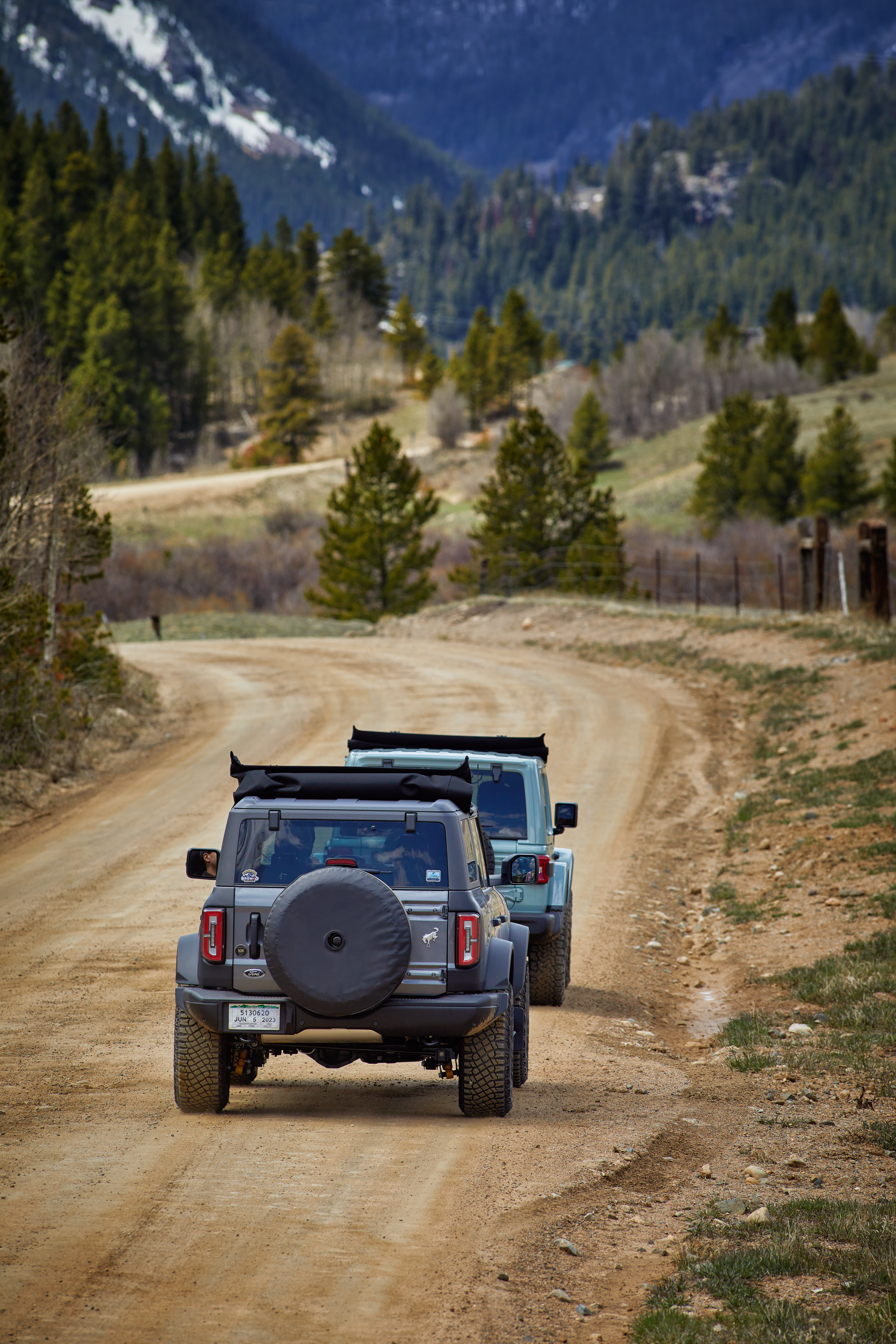
Understanding the Environment
High altitude environments present unique challenges and require careful consideration before embarking on any journey. These regions are often characterized by thin air, unpredictable weather patterns, and delicate ecosystems that can be easily damaged by human activities. Before setting out, it’s crucial to research and understand the specific challenges of the area you plan to visit:
- Altitude Effects: High altitudes can affect both humans and vehicles. Acclimatization is important for travelers to avoid altitude sickness, which can range from mild discomfort to severe illness.
- Weather Conditions: Weather in high altitude areas can change rapidly, leading to dangerous situations such as sudden snowstorms or flash floods. Checking weather forecasts and being prepared for unexpected changes is essential.
- Ecological Sensitivity: Alpine and high altitude ecosystems are fragile and can take years to recover from damage caused by vehicles or human activity. Stick to designated trails and avoid driving on fragile vegetation or sensitive habitats.

Leave No Trace Principles
The principles of Leave No Trace are especially important in wilderness areas, where even small disturbances can have long-lasting impacts. Here’s how to apply these principles while traveling by 4×4:
- Plan Ahead and Prepare: Research the area, obtain necessary permits, and plan your route to minimize impact. Be aware of any fire restrictions, wildlife concerns, or local regulations.
- Travel and Camp on Durable Surfaces: Stick to designated trails and campsites to avoid damaging fragile vegetation. When driving off-road, stay on established tracks to prevent erosion and habitat destruction.
- Dispose of Waste Properly: Pack out all trash, including food scraps and biodegradable waste. Use designated waste disposal facilities or pack out human waste in accordance with local regulations.
- Leave What You Find: Preserve the natural environment by leaving rocks, plants, and other natural objects as you found them. Avoid creating cairns or other markers that can disrupt natural landscapes.
- Respect Wildlife: Observe wildlife from a distance and avoid disturbing animals or their habitats. Keep pets under control and on designated trails to prevent them from harassing wildlife.

Vehicle Maintenance and Preparedness
Maintaining your 4×4 vehicle and being prepared for emergencies are essential for a safe and enjoyable journey in high altitude environments:
- Vehicle Maintenance: Ensure your vehicle is in good mechanical condition before setting out. Check tire pressure, brakes, fluids, and carry spare parts/tools for basic repairs.
- Navigation and Communication: GPS navigation systems can be unreliable in remote areas. Carry detailed maps, a compass, and a satellite phone or emergency beacon for communication.
- Emergency Supplies: Pack sufficient food, water, and clothing for unexpected delays or emergencies. Consider carrying a first aid kit, emergency shelter, and signaling devices.
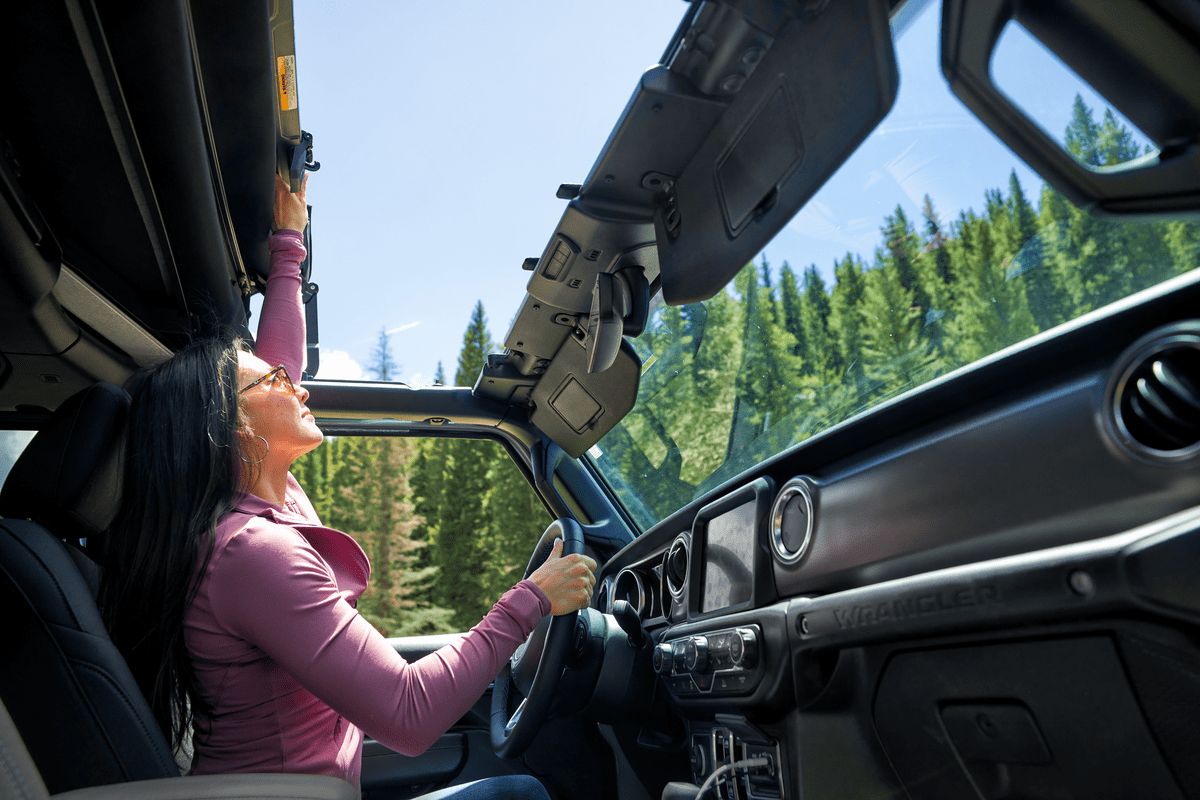
Safety Considerations
Safety should always be a top priority when traveling in remote wilderness areas:
- Travel in Groups: Traveling with at least one other vehicle is recommended for safety and assistance in case of emergencies.
- Weather Awareness: Monitor weather conditions and be prepared to change plans if severe weather is forecasted. Avoid driving during storms or in areas prone to avalanches or flash floods.
- Altitude Sickness: Recognize the symptoms of altitude sickness (headache, nausea, dizziness) and descend to lower elevations if symptoms become severe.
- Vehicle Recovery: Be prepared for vehicle recovery situations by carrying recovery gear such as tow straps, traction mats, and a high-lift jack.
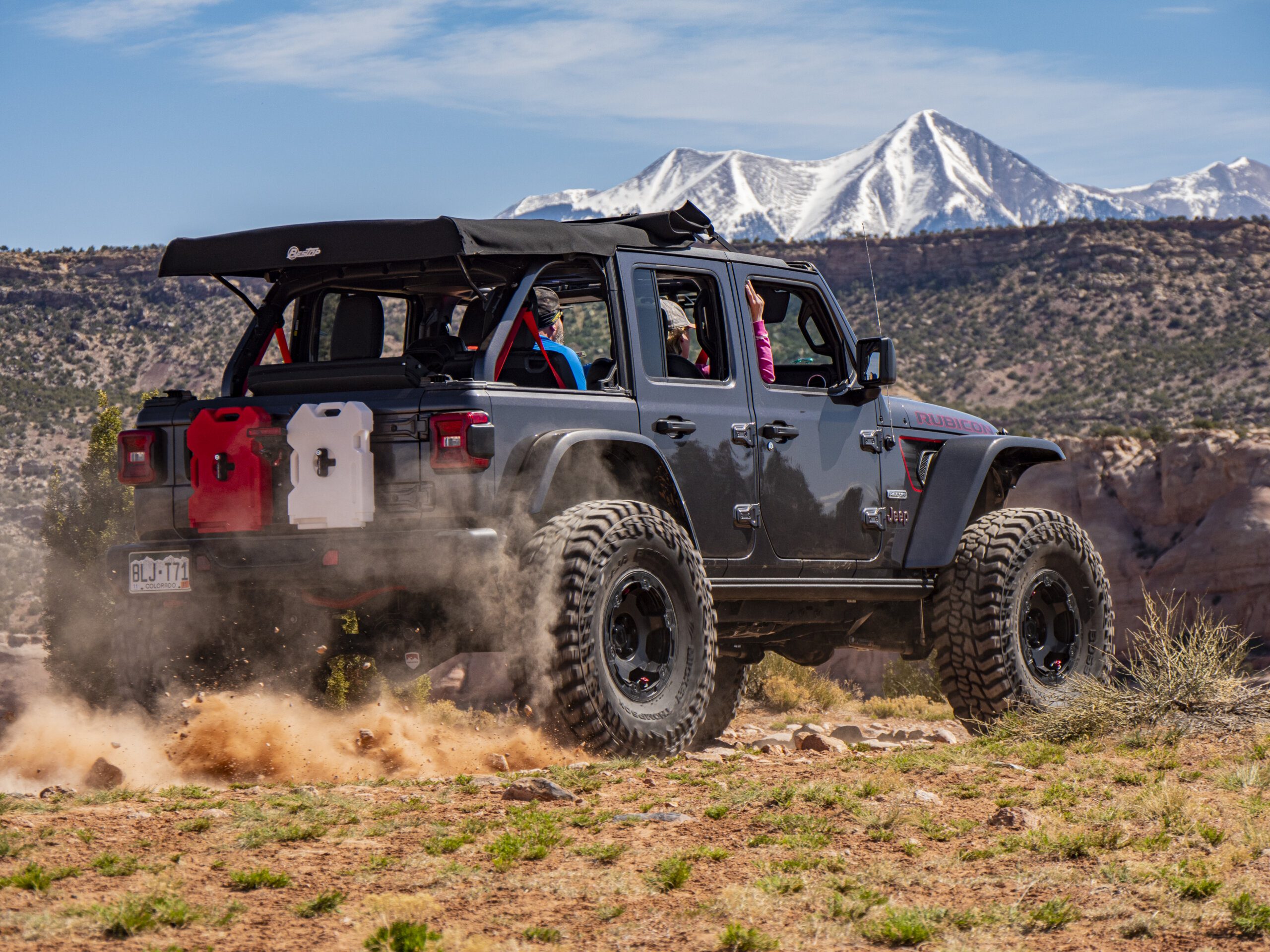
Respecting Local Communities and Regulations
When traveling in high altitude wilderness areas, it’s important to respect local communities and adhere to regulations:
- Obtain Permits and Respect Road Closures: Some wilderness areas require permits for vehicle access or camping. Obtain permits in advance and follow any restrictions or guidelines, and never travel on closed roads.
- Cultural Awareness: Learn about local customs, traditions, and sacred sites. Respect private property and obtain permission before entering or camping on private land.
- Fire Restrictions: High altitude environments are often prone to wildfires. Follow fire restrictions and use designated fire pits or stoves where permitted.
- Noise and Wildlife: Minimize noise pollution to avoid disturbing wildlife and other visitors. Keep noise levels low, especially during early morning and late evening hours.
Exploring high altitude wilderness areas by 4×4 or Jeep offers a unique opportunity to experience some of the most pristine and beautiful landscapes on Earth. By traveling responsibly and following the principles of Leave No Trace, maintaining your vehicle, prioritizing safety, and respecting local communities and regulations, you can ensure that these environments remain preserved for future generations to enjoy. Whether you’re embarking on a day trip or an extended expedition, take the time to plan ahead, prepare for the unexpected, and respect the environment.
Traveling responsibly isn’t just about minimizing our impact; it’s about fostering a deeper connection with nature and respecting the delicate balance of high altitude ecosystems. By embodying these principles, you can contribute to the conservation and sustainability of these extraordinary landscapes while enjoying a safe and unforgettable adventure in the great outdoors.
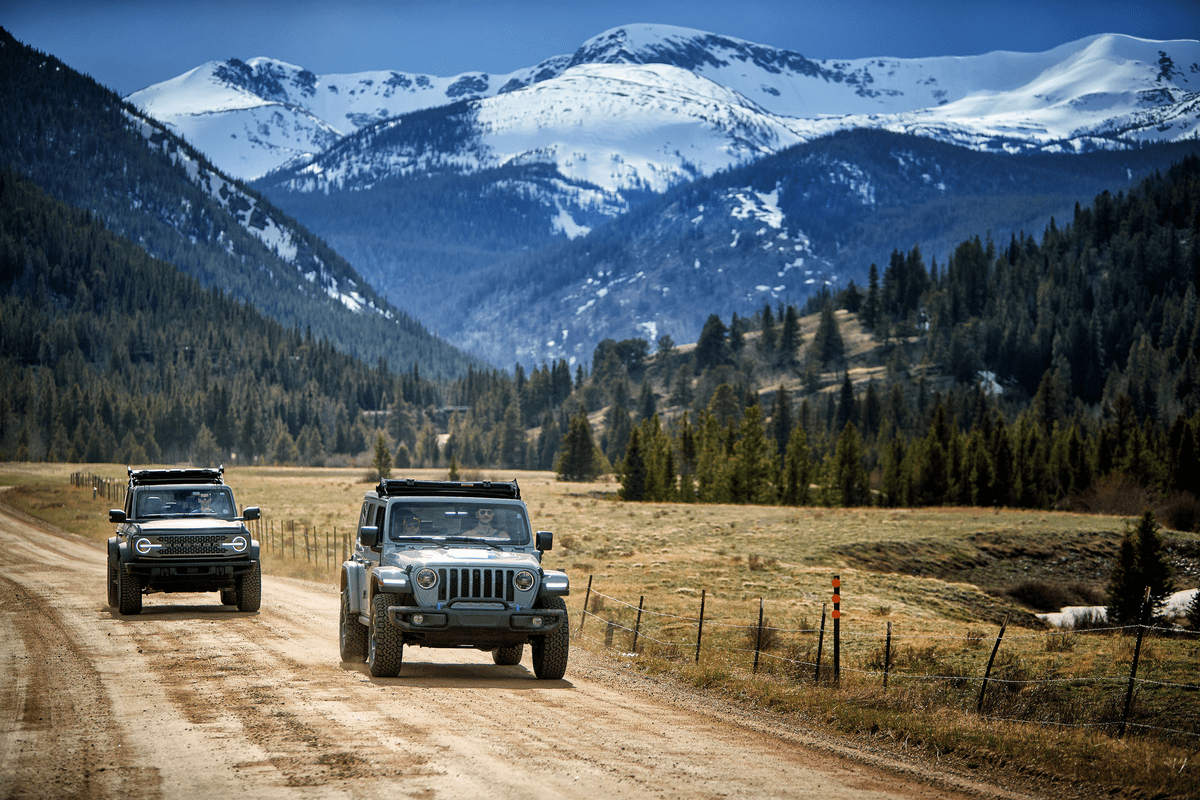
Where to Go in Colorado
Of course, in North America there’s no better place to explore the high country than the Centennial State. Some of the nation’s most famous (and infamous) high passes and roads can be found across Colorado at all levels of difficulty. Here are just a few.
Old Fall River Road – Rocky Mountain National Park
One of the oldest high altitude routes in Colorado, Old Fall River Road is also the original track through Rocky Mountain National Park. No significant off-road challenges (other than some exposure) exist on this route, but the scenery is unparalleled.
Engineer Pass is a great introduction to mountain travel and an amazing way to see a large swath of Colorado’s high altitude backcountry. Technical challenges are few, but it is remote, so preparation is key.
Perhaps Colorado’s most photogenic high altitude pass, Imogene Pass tops out at 13,114 feet and has some puckering drop-offs and utterly stunning views on clear days. But the weather can be dicey, so plan ahead.
The Black Bear Road Pass in Southwest Colorado is the most technically challenging road on this list, but nothing some careful driving and brave heart can’t tackle.
Images: Telluride.com, Bestop










